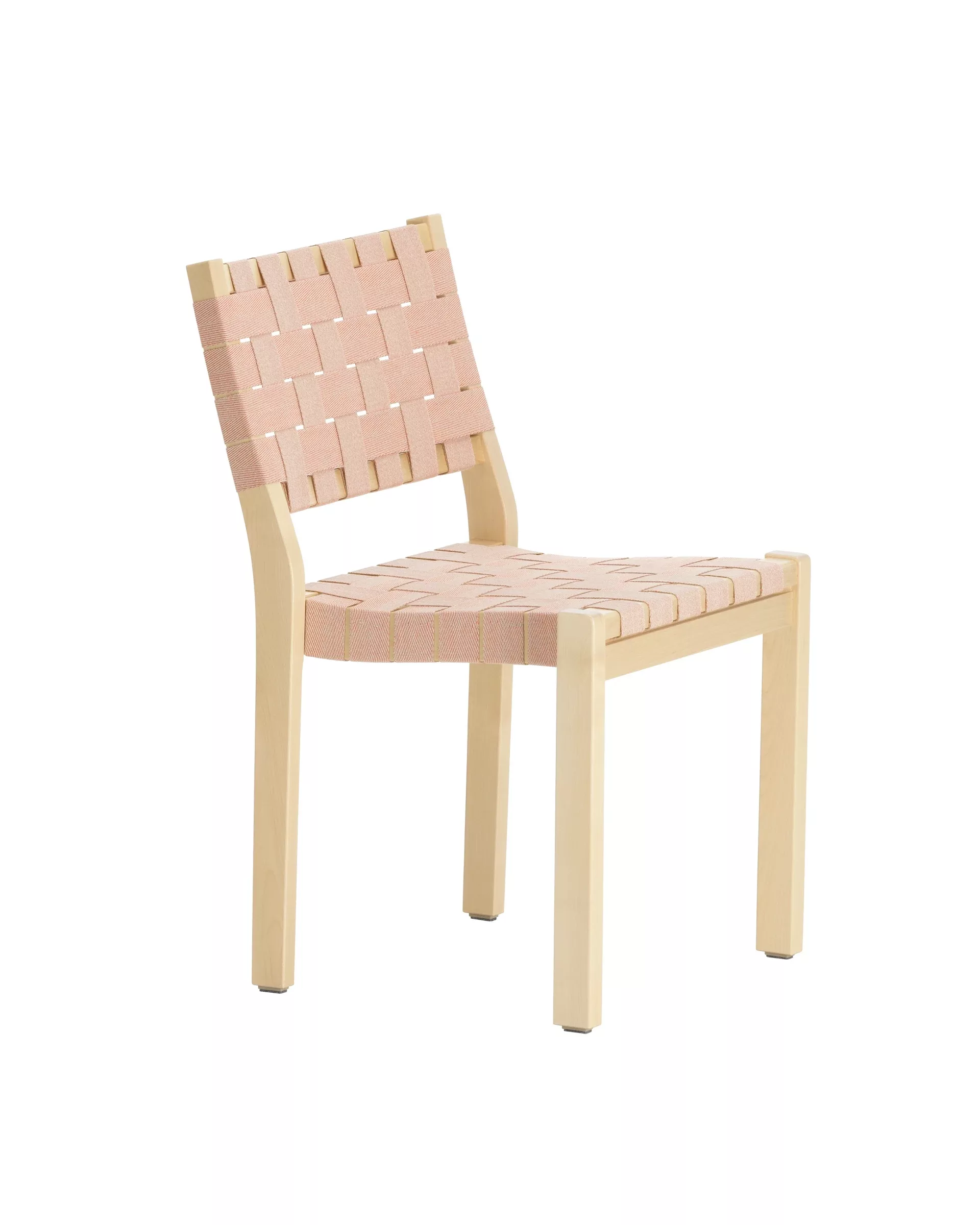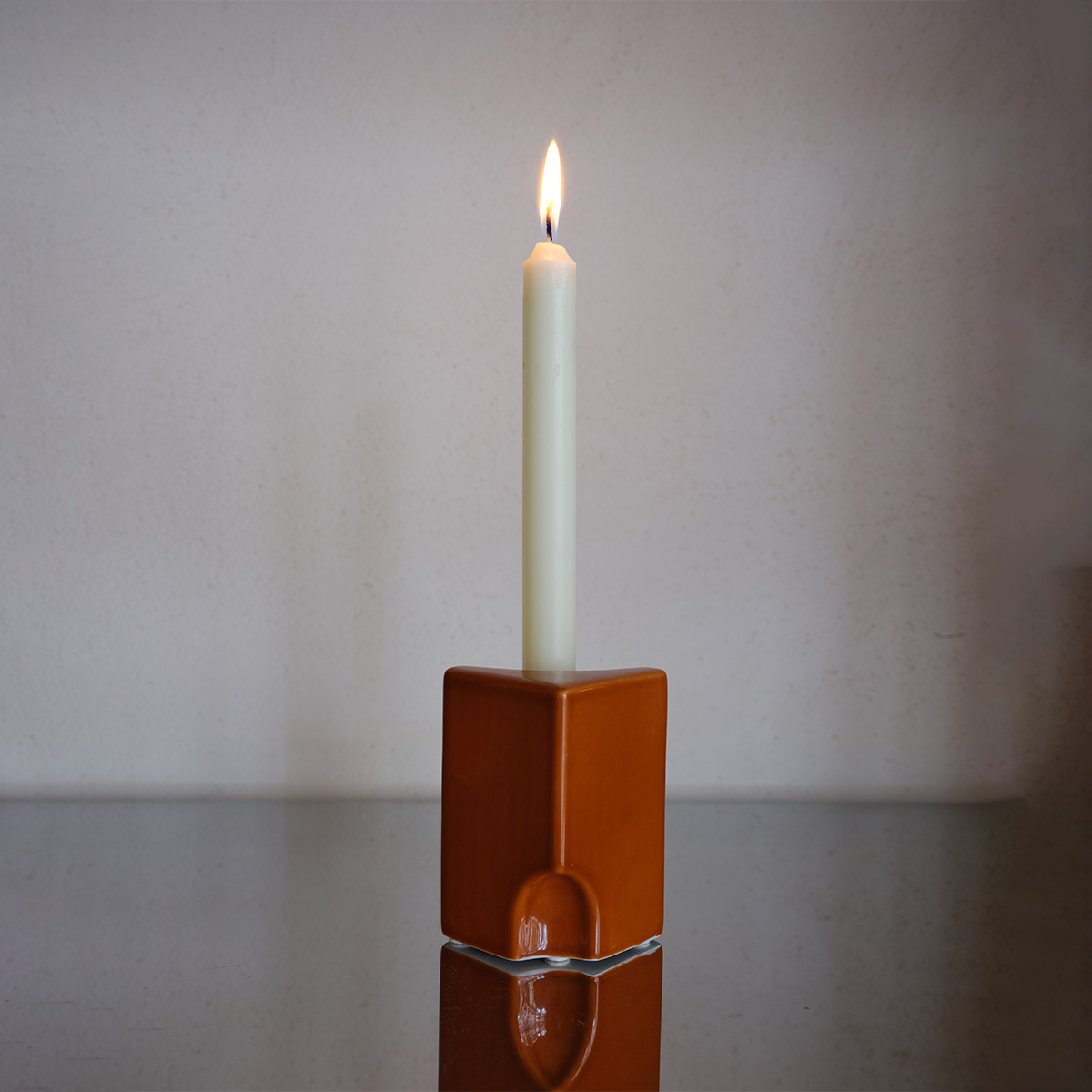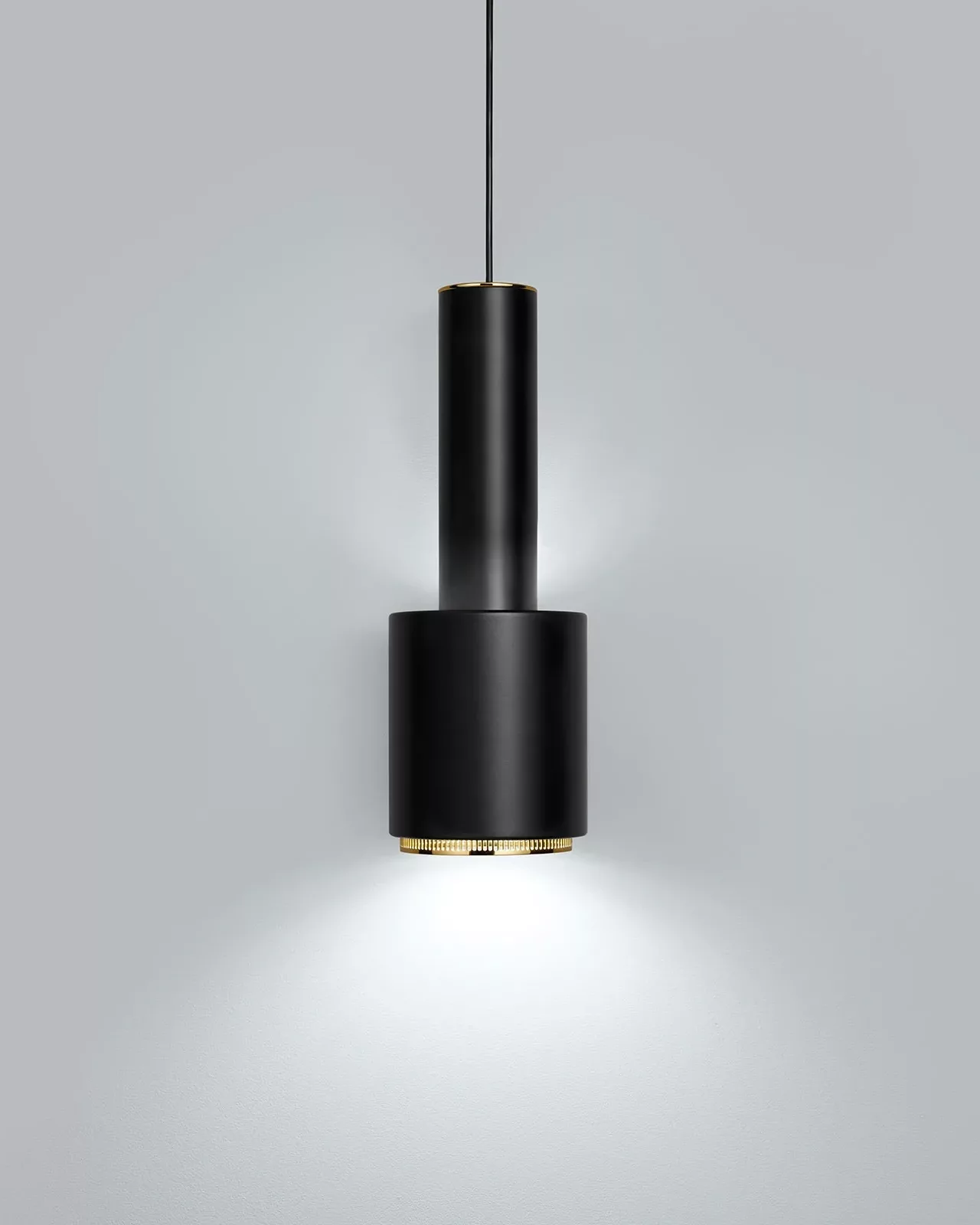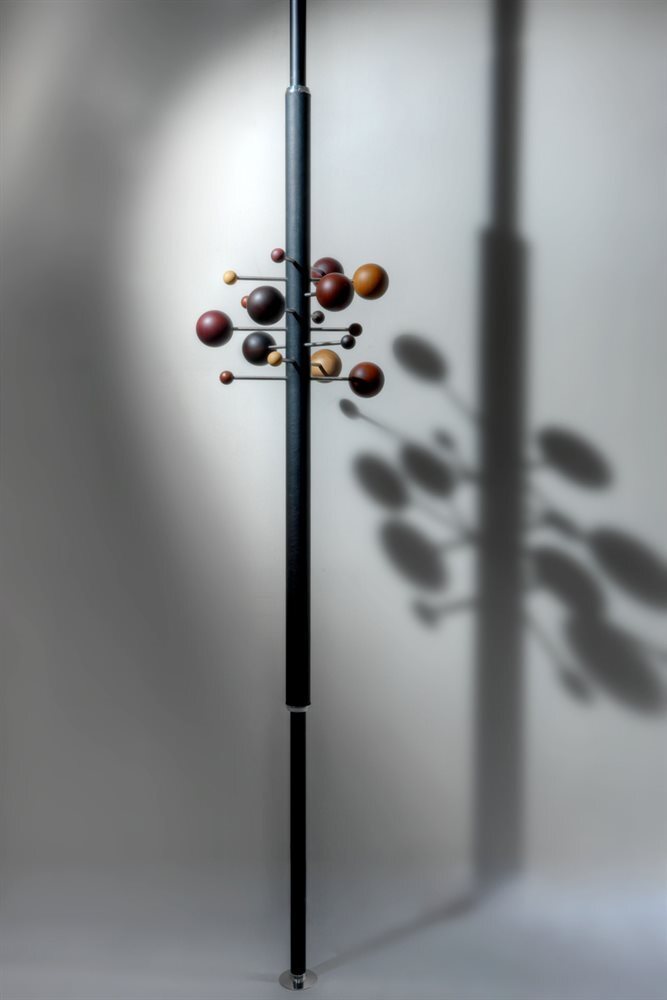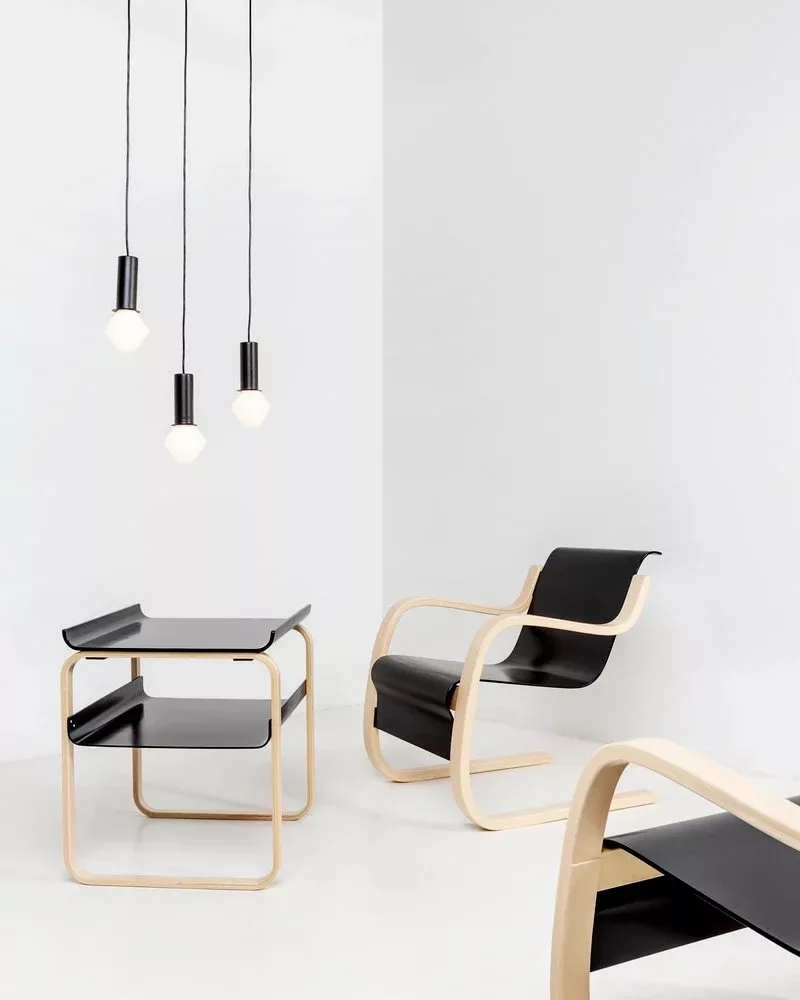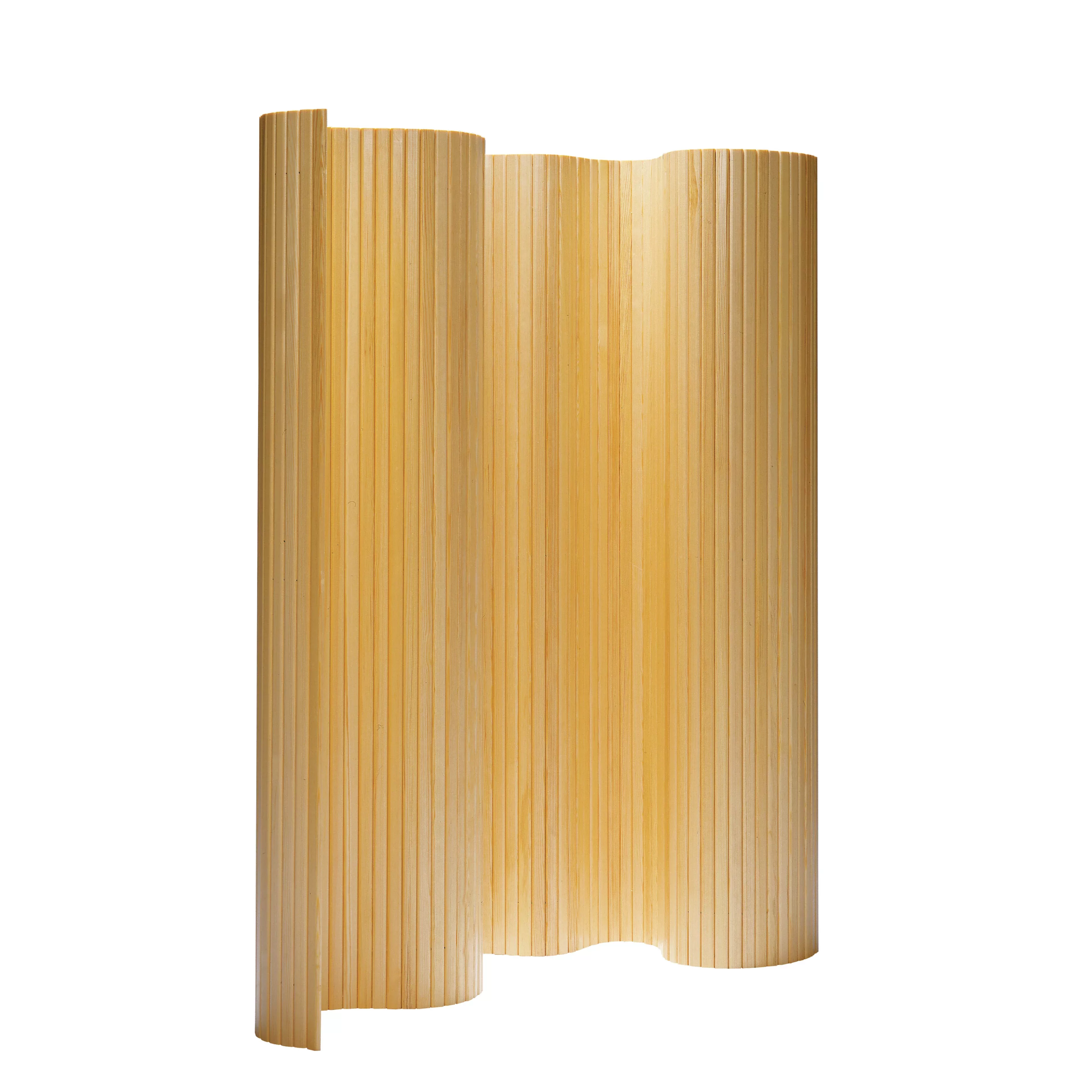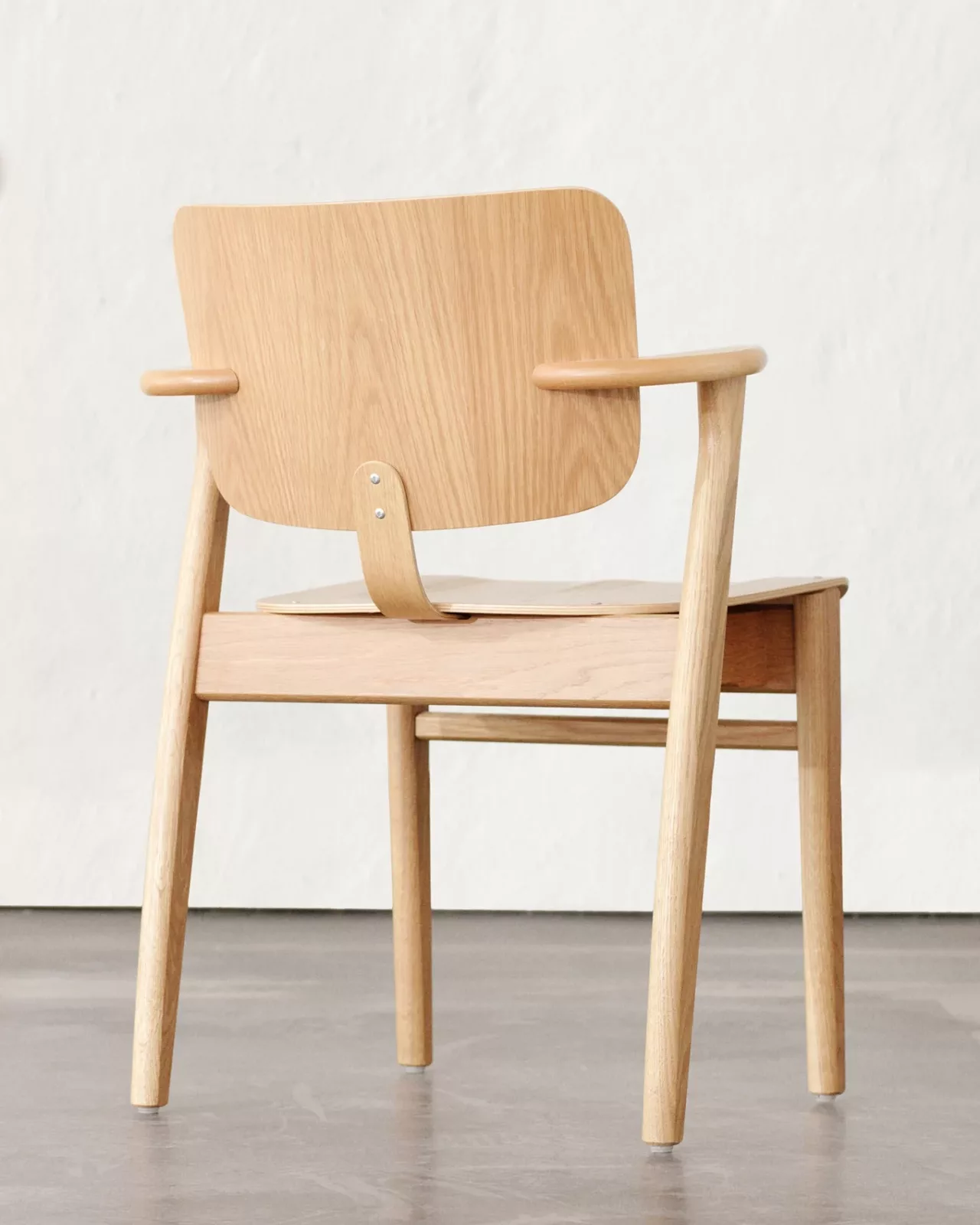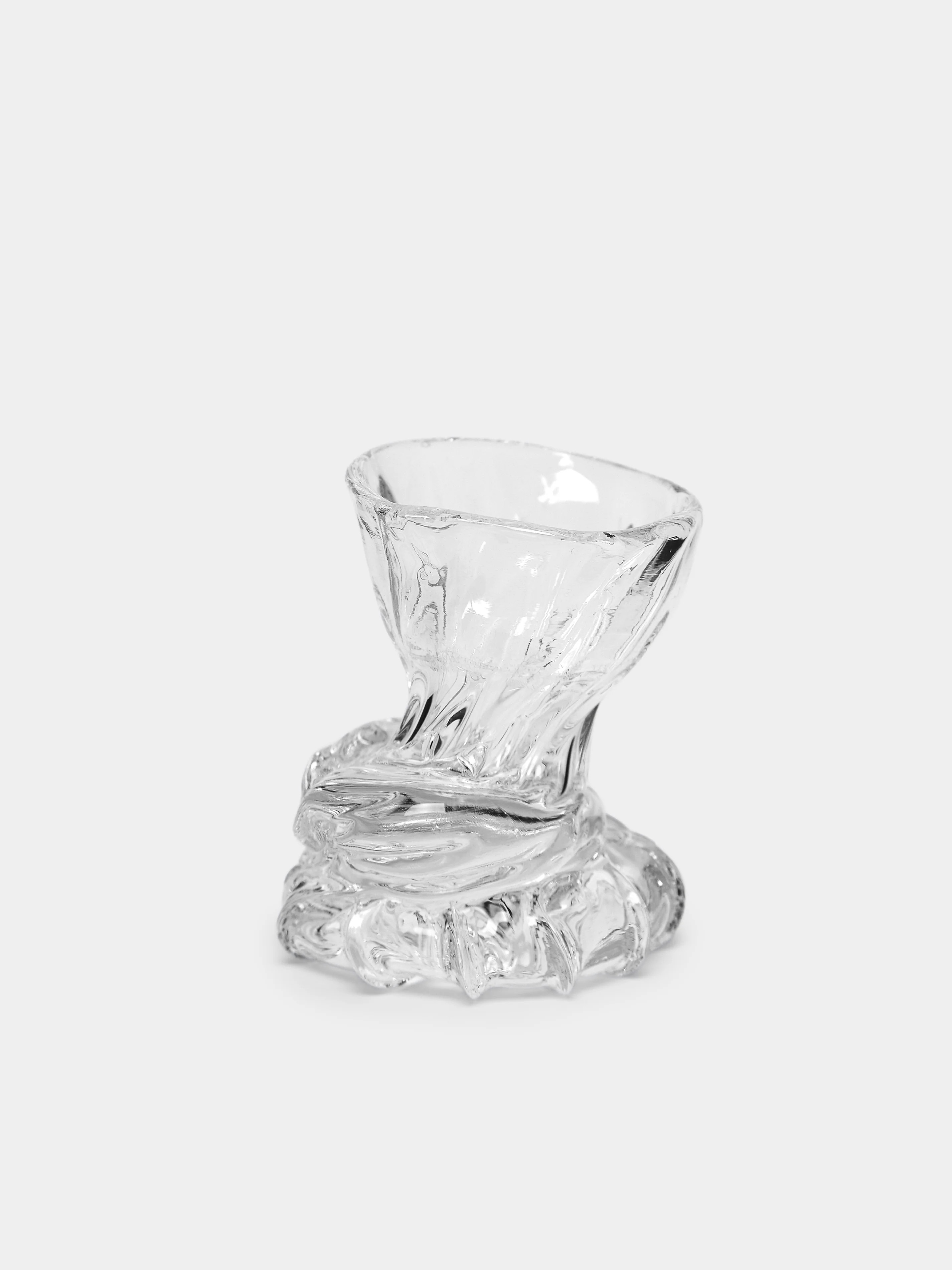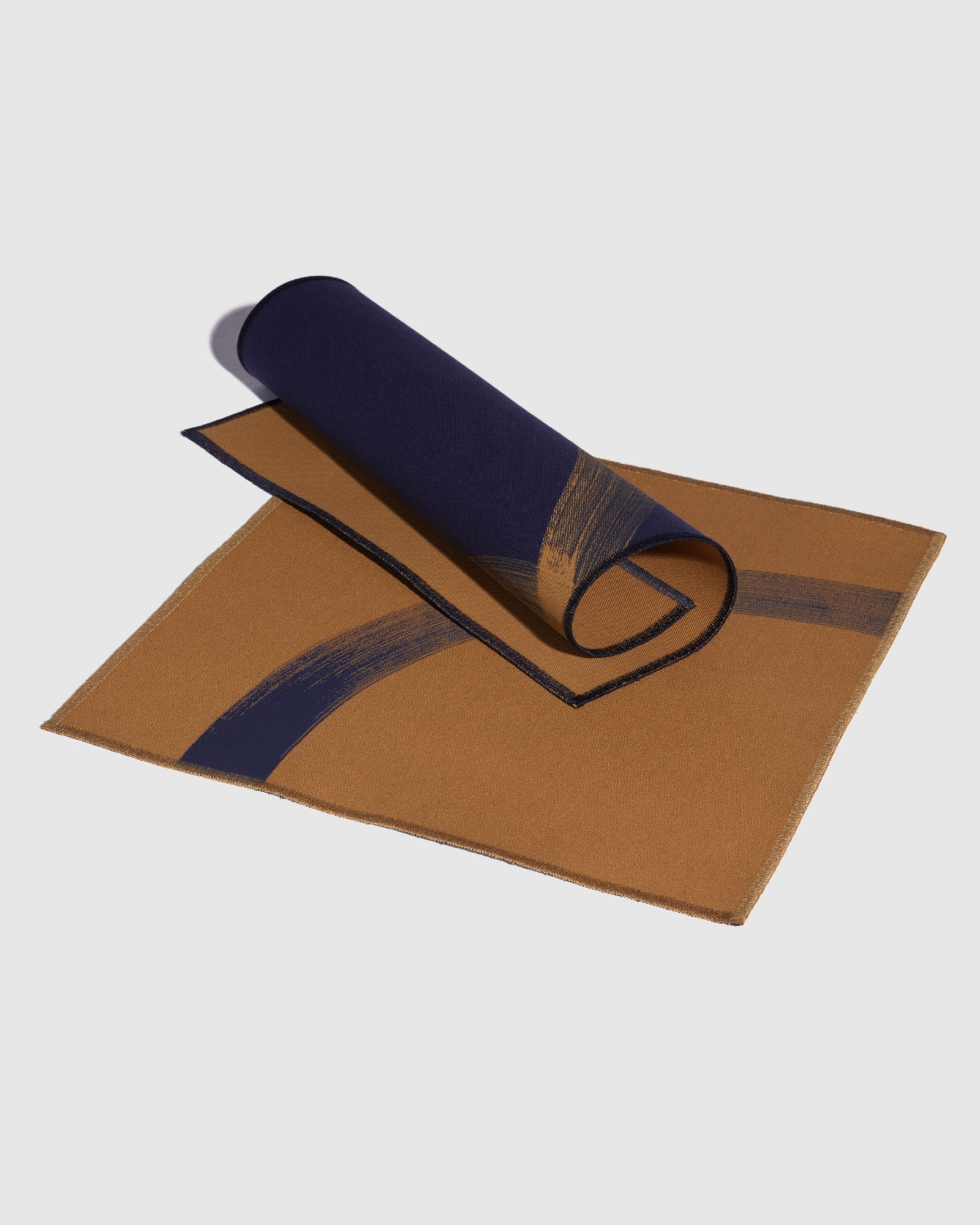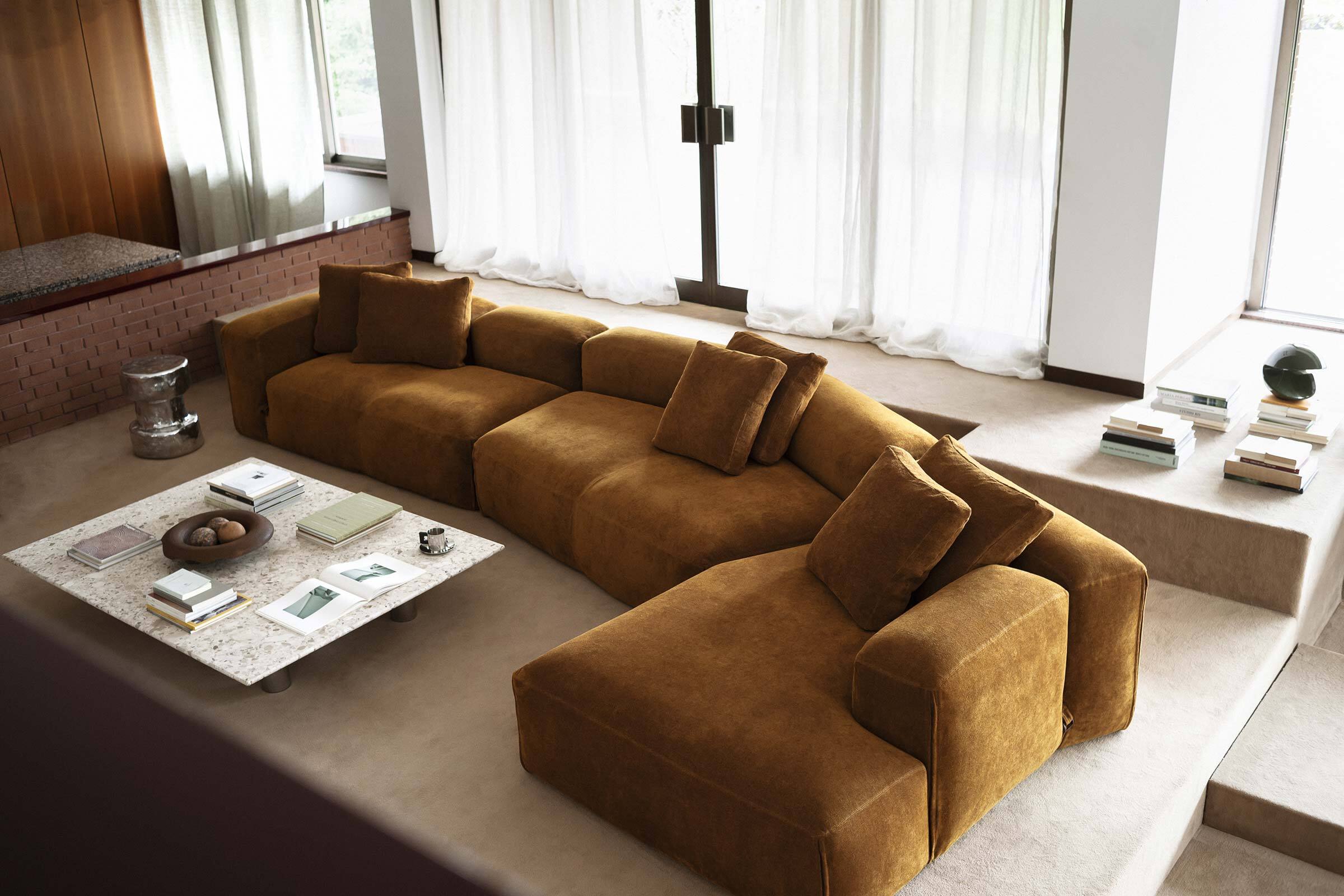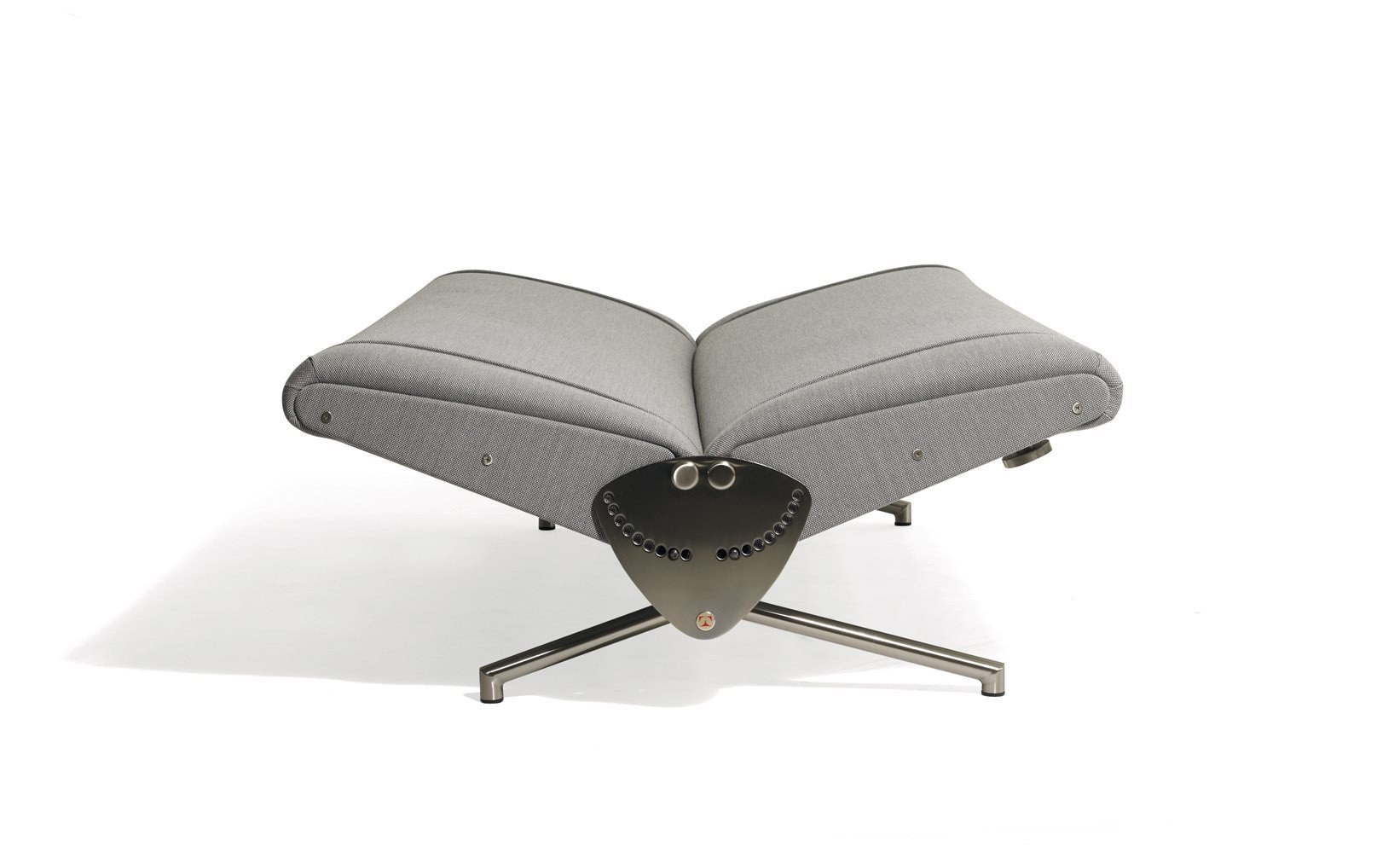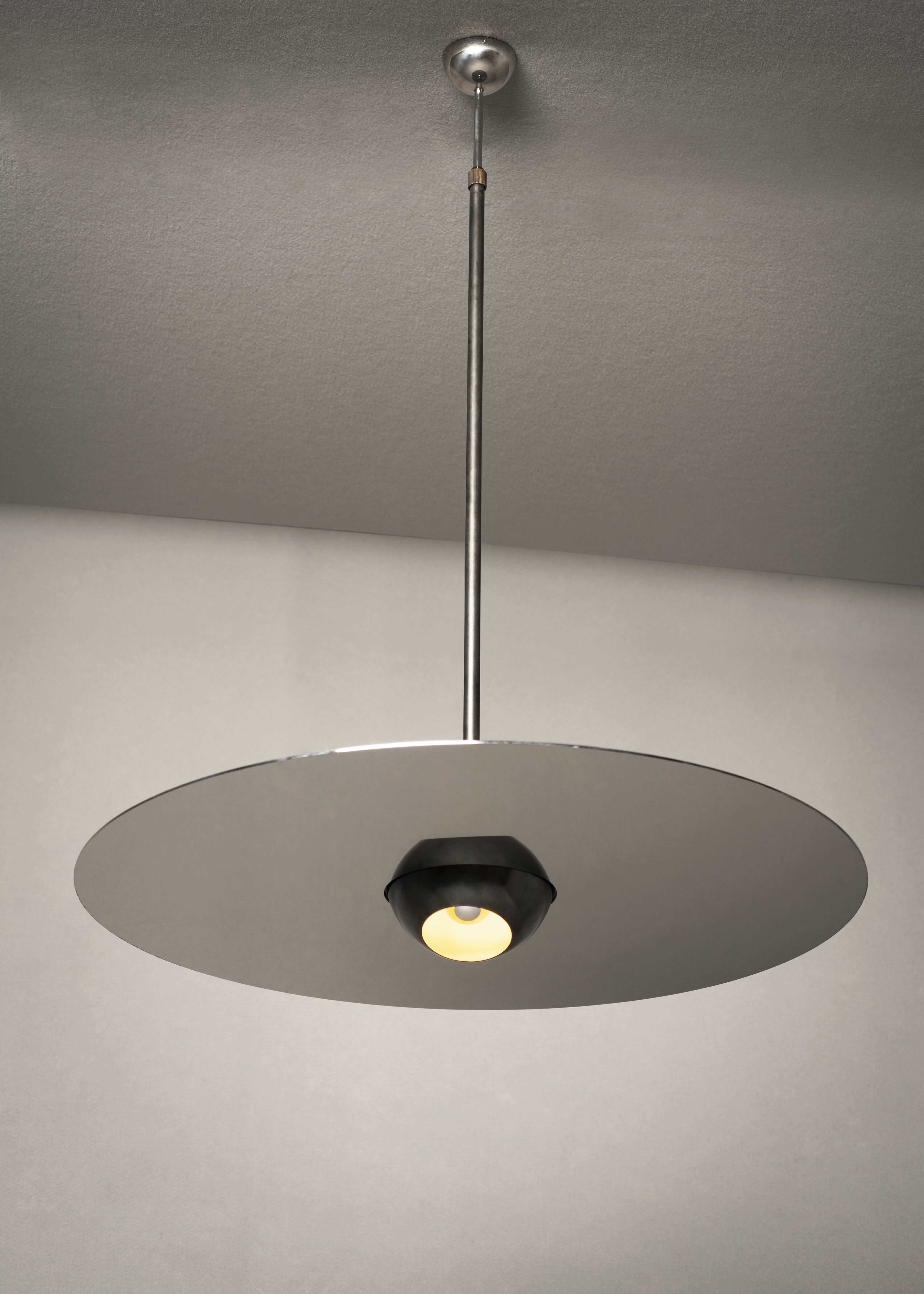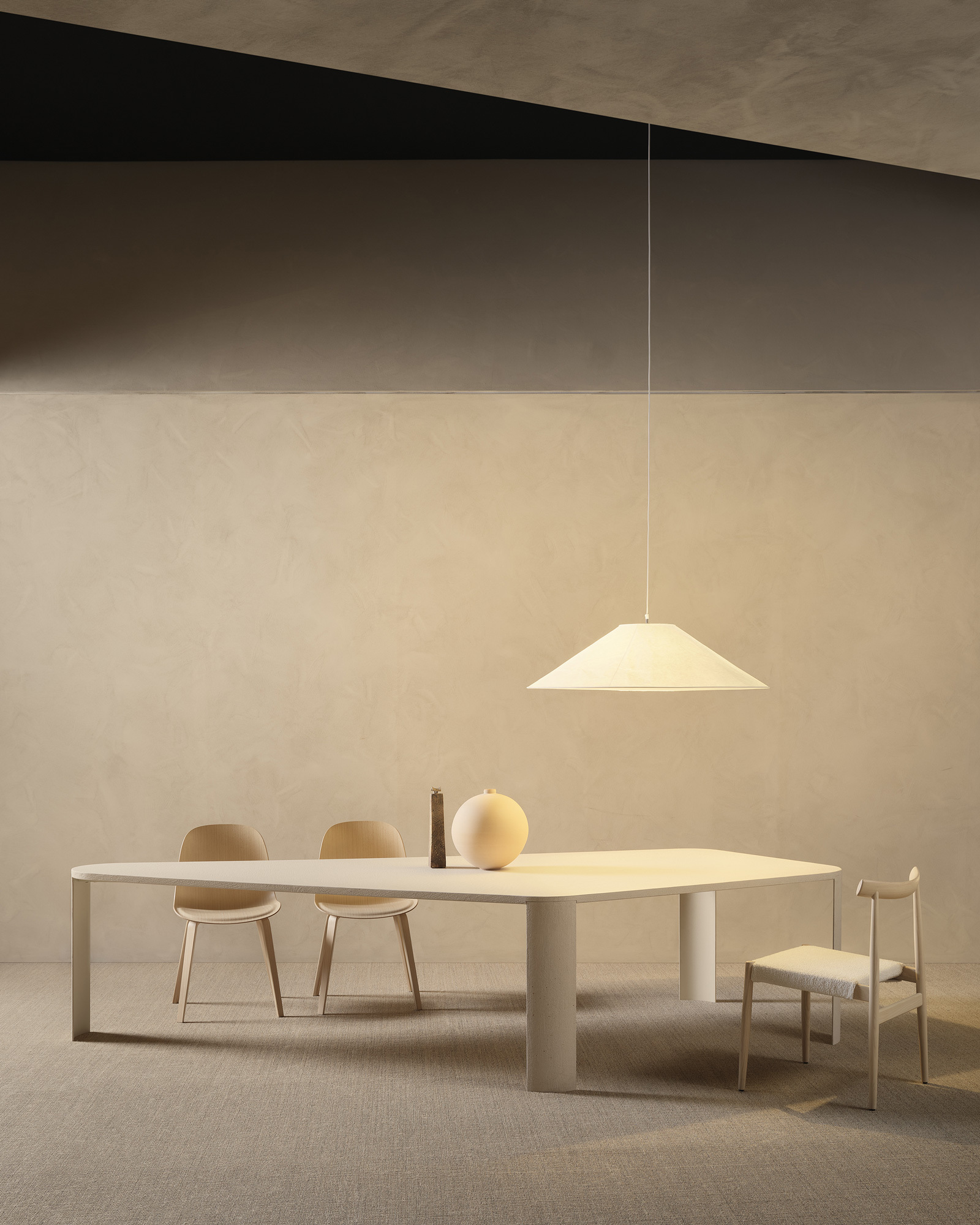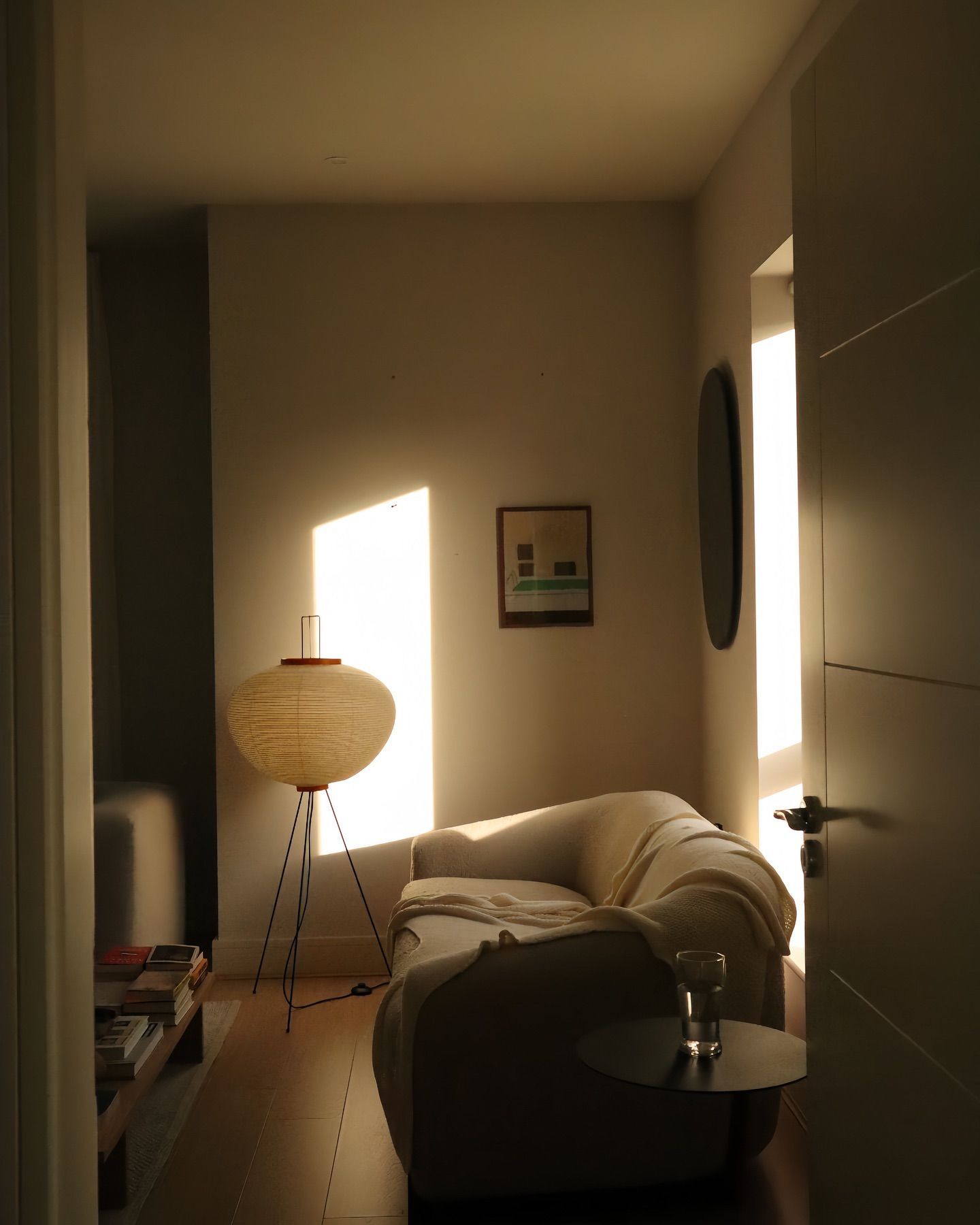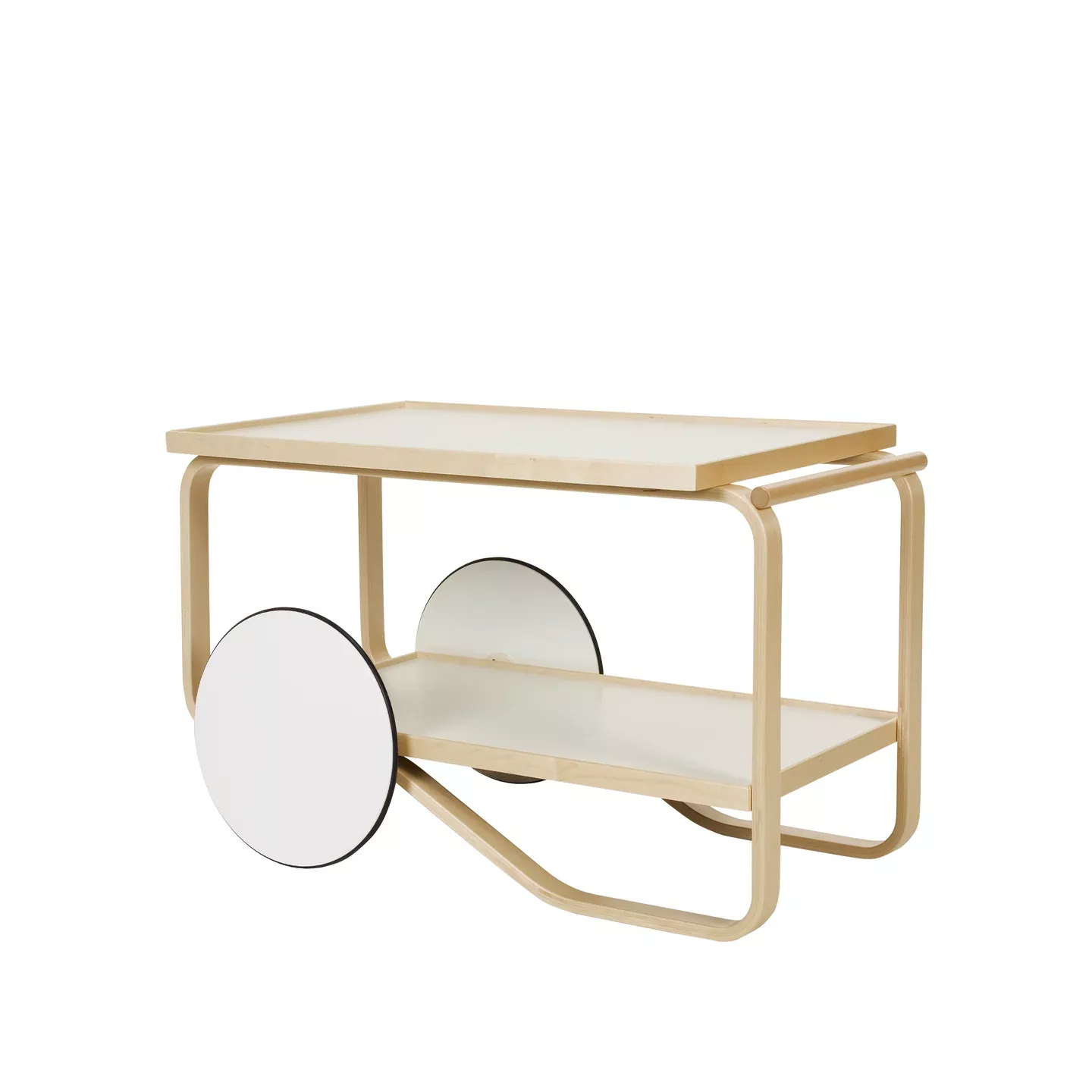
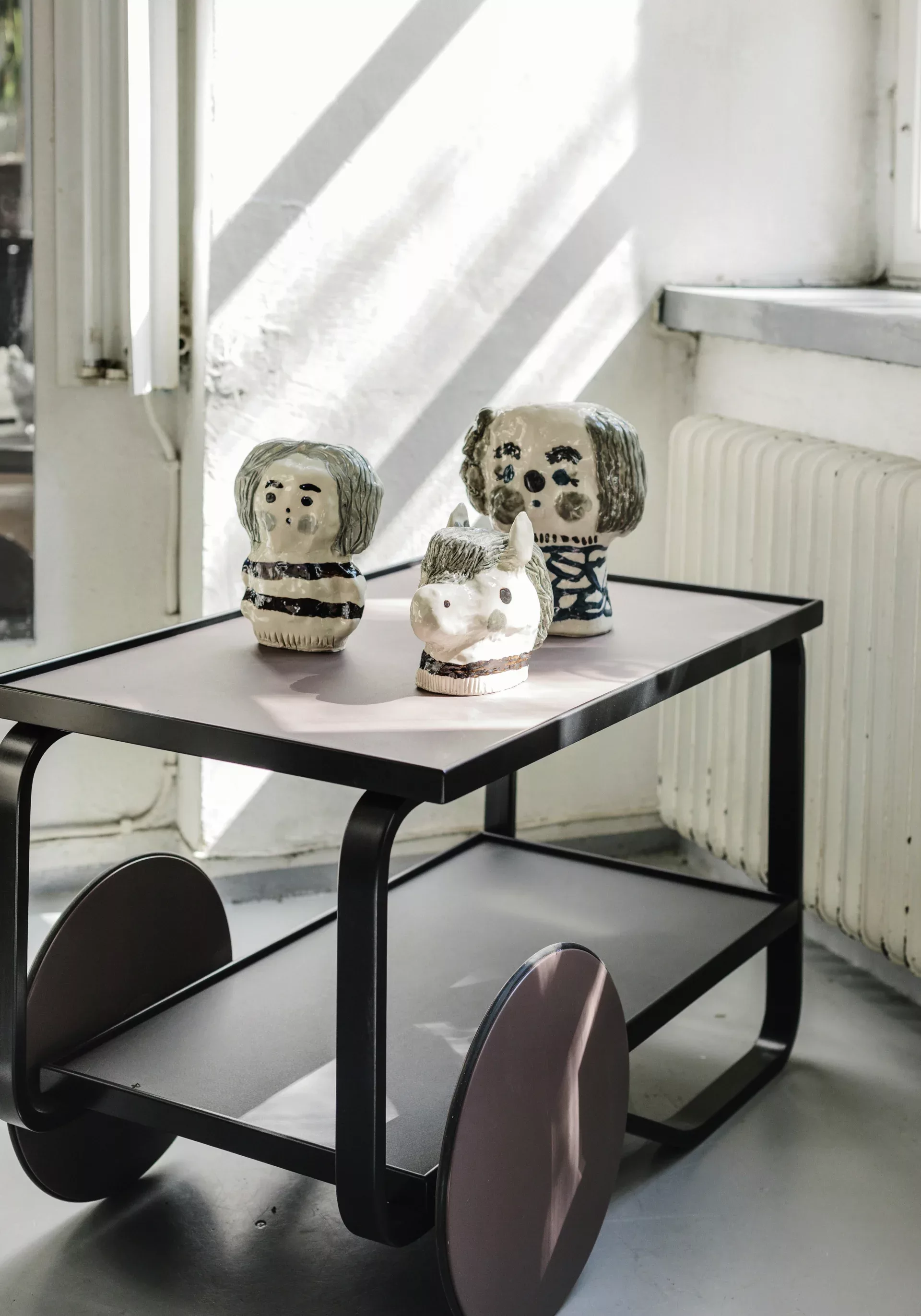
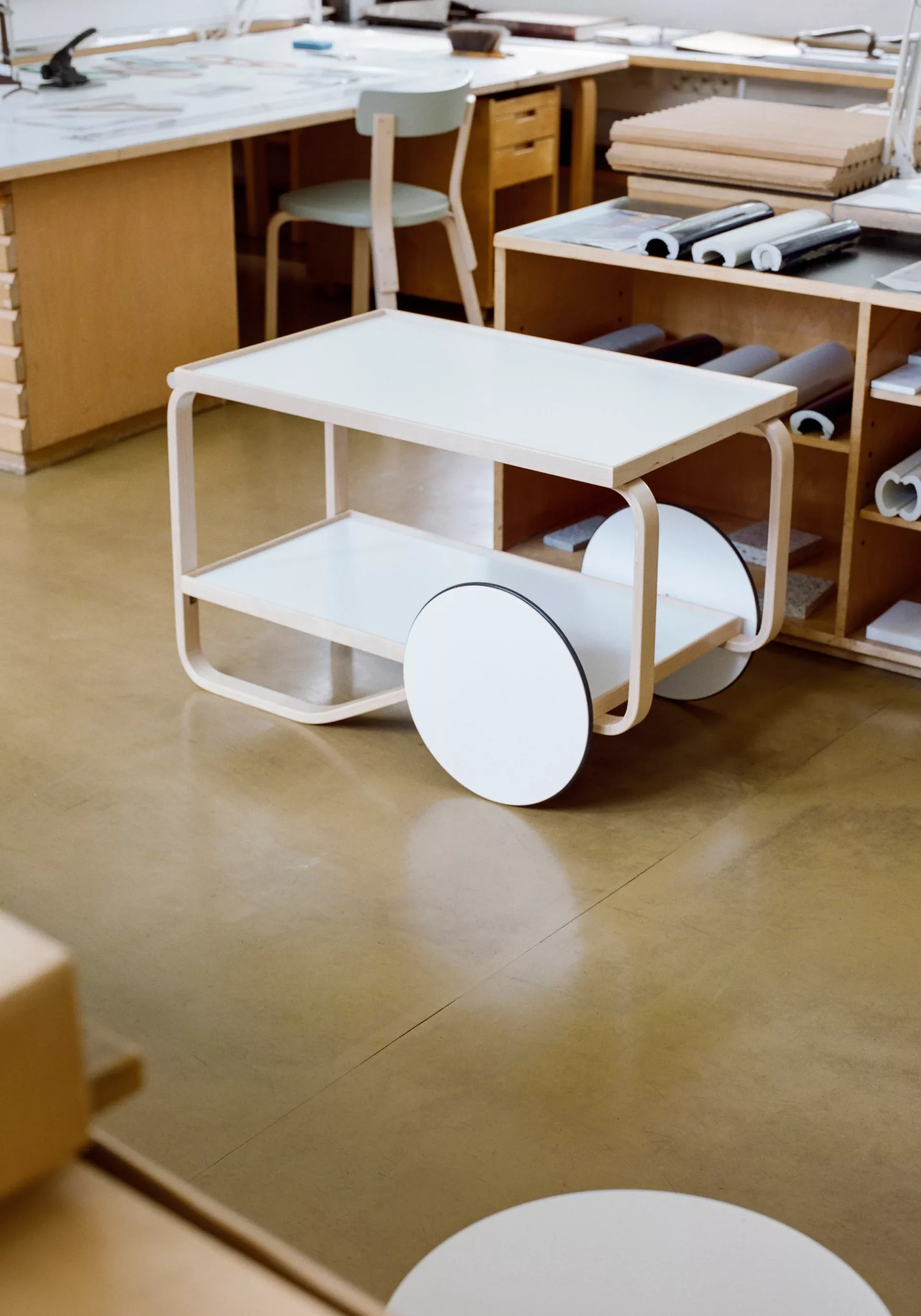
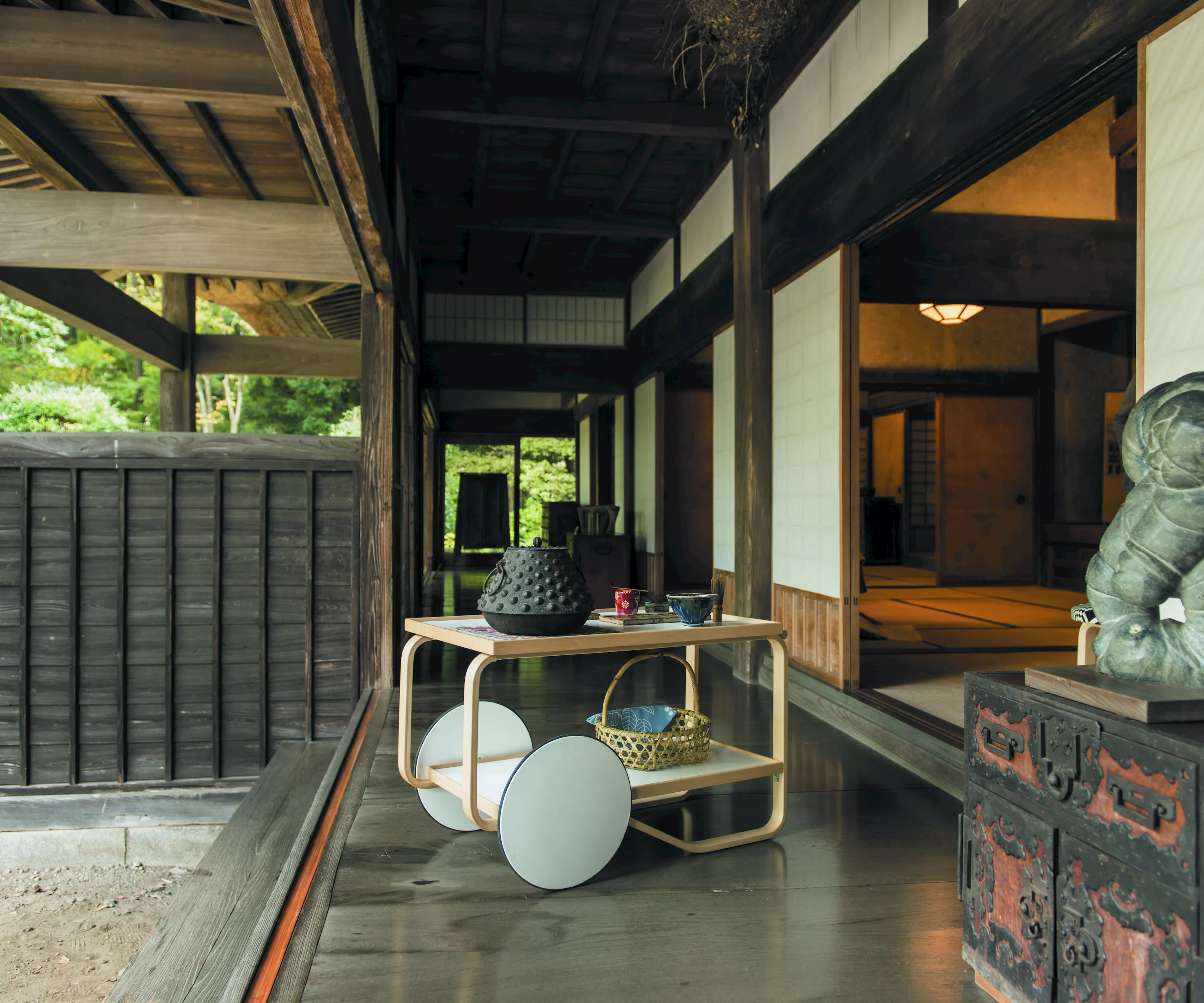
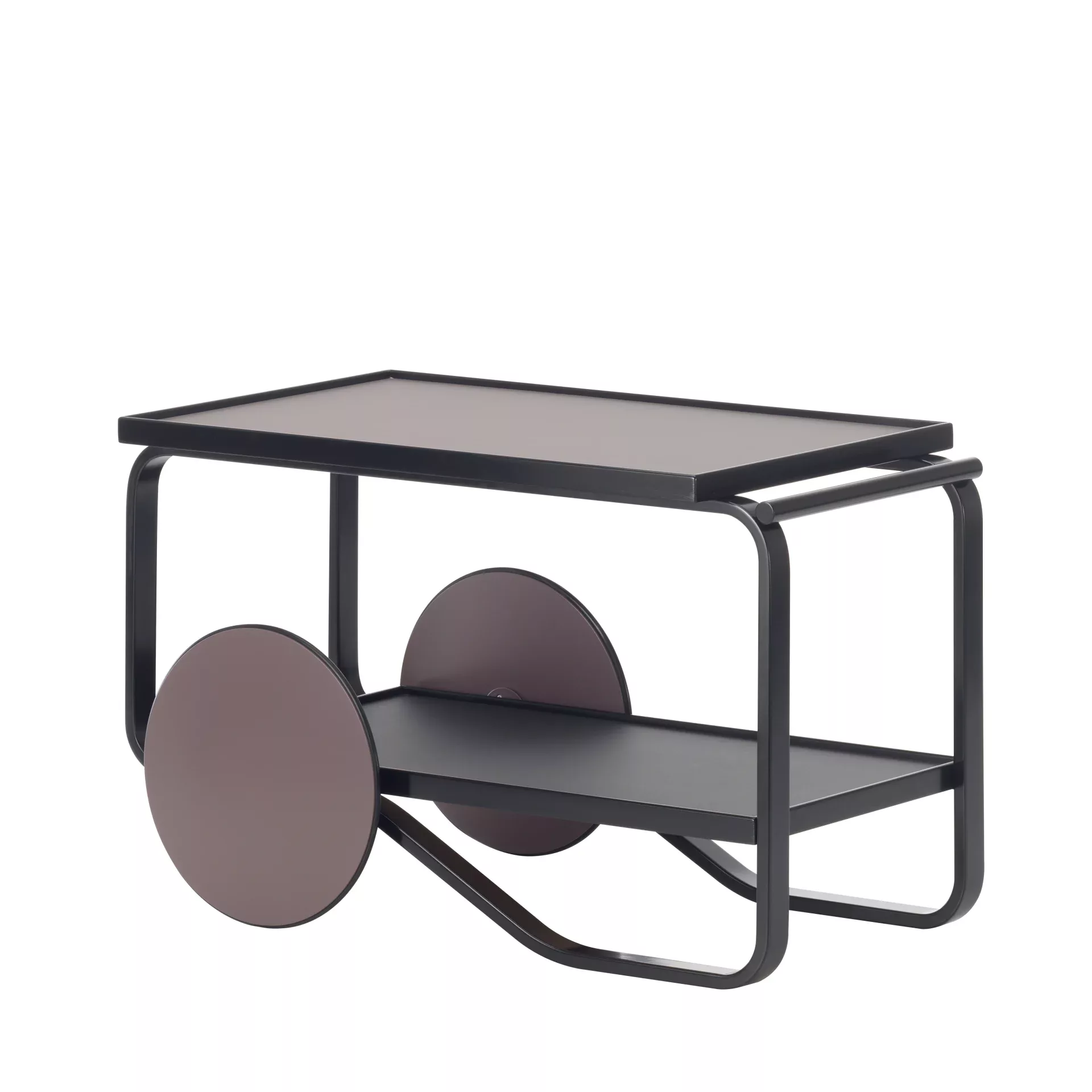





Tea Trolley 901
Category
Accessories
Brand
Designer
Dimensions
L 90 cm - P 50 cm - H 56 cm
Finiture
Birch, Black lacquered, White lacquered
Year
1936
The Tea Trolley 901, designed by Alvar and Aino Aalto, draws inspiration from the British tea culture they discovered during their travels and the Japanese craftsmanship they admired. The frame, composed of two birch lamella rings, includes two shelves and a solid wood handle. Over time, several variations have been produced, including a reinterpretation by Dutch designer Hella Jongerius, who created a darker version, playing with light on the upper and lower shelves.
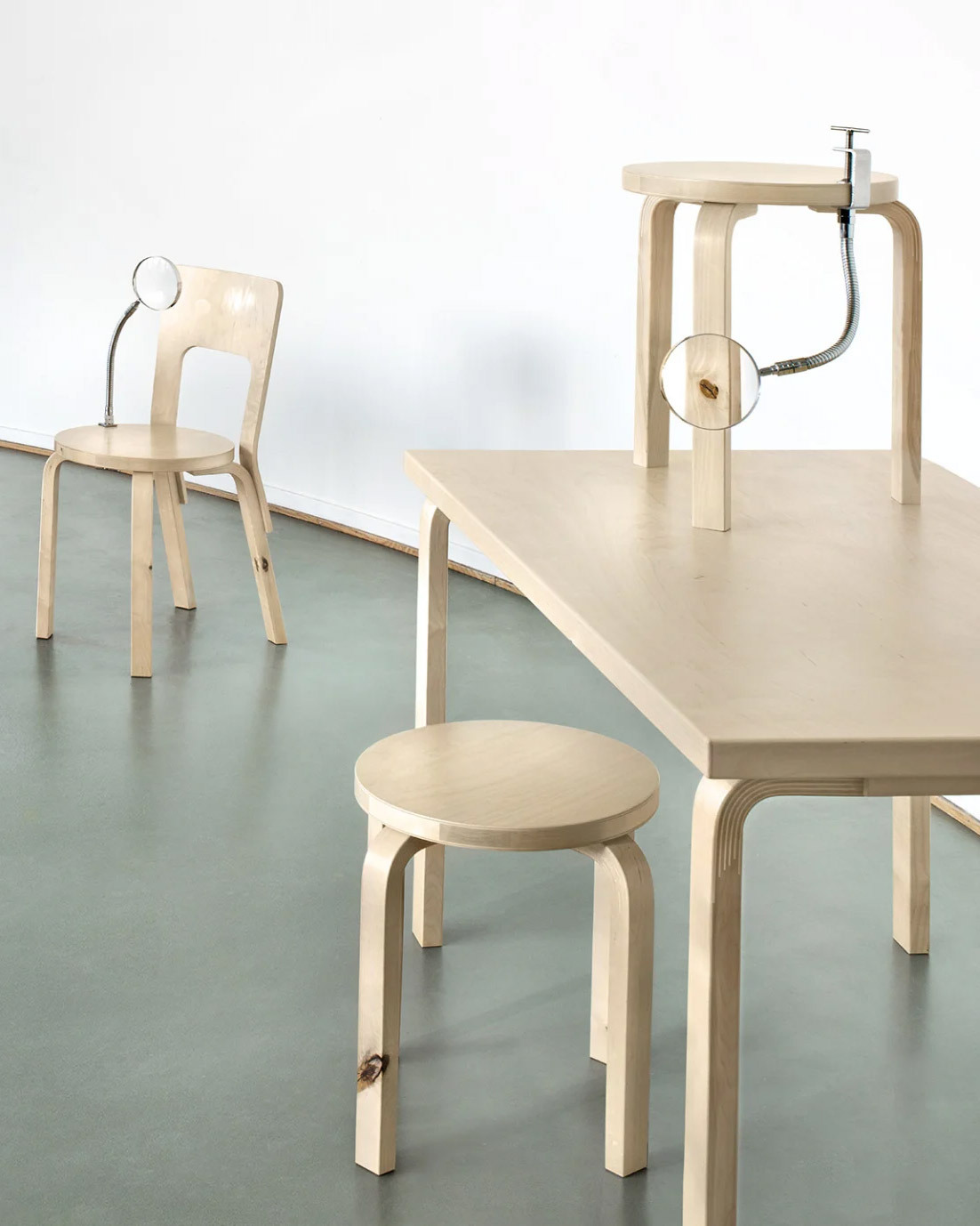
Artek
Founded in Helsinki in 1935 by four young idealists: Alvar and Aino Aalto, Maire Gullichsen and Nils-Gustav Hahl, Artek was born with the aim of selling furniture and promoting a modern culture of living through exhibitions and other educational means. The company's name is a combination of the words "art" and "technology", fundamental concepts for the modernist movement of the 1920s that saw the connection between these two spheres as the innovation of modern design. Artek's collection consists of furniture, lighting and accessories designed by Finnish and international masters.
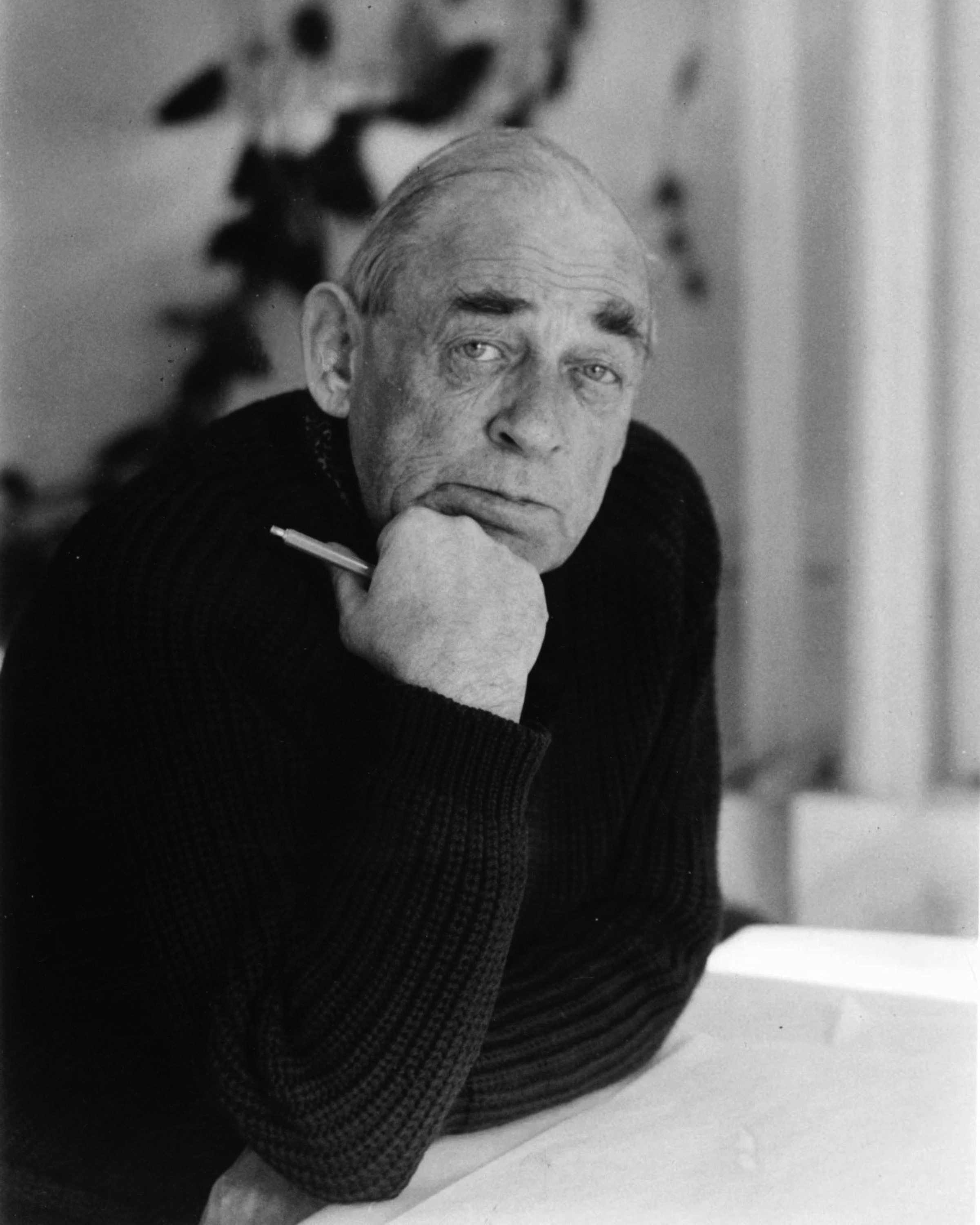
Alvar Aalto
Alvar Aalto was a Finnish architect, designer, sculptor and painter. Born in Kuortane in 1898, he graduated in architecture from the Technical University of Helsinki. His career was launched internationally by the Paimo Sanatorium in 1932, a building entirely designed by him and entirely furnished with furniture designed by him. In 1935 he founded the Artek furniture company in Helsinki with his wife Aino Aalto Marsio, with the aim of promoting the culture of housing. In this period he designed the "L-shaped" leg, a recognizable element of his furniture patented in 1933. From 1936, Aalto designed glass objects for the company, including the now iconic Aalto vase. In the 1950s and 1960s, Aalto received numerous honors and awards for his achievements, including the Royal Gold Medal for Architecture, awarded to him in 1957 by Queen Elizabeth II.
Results for:
No Results
Discover the selection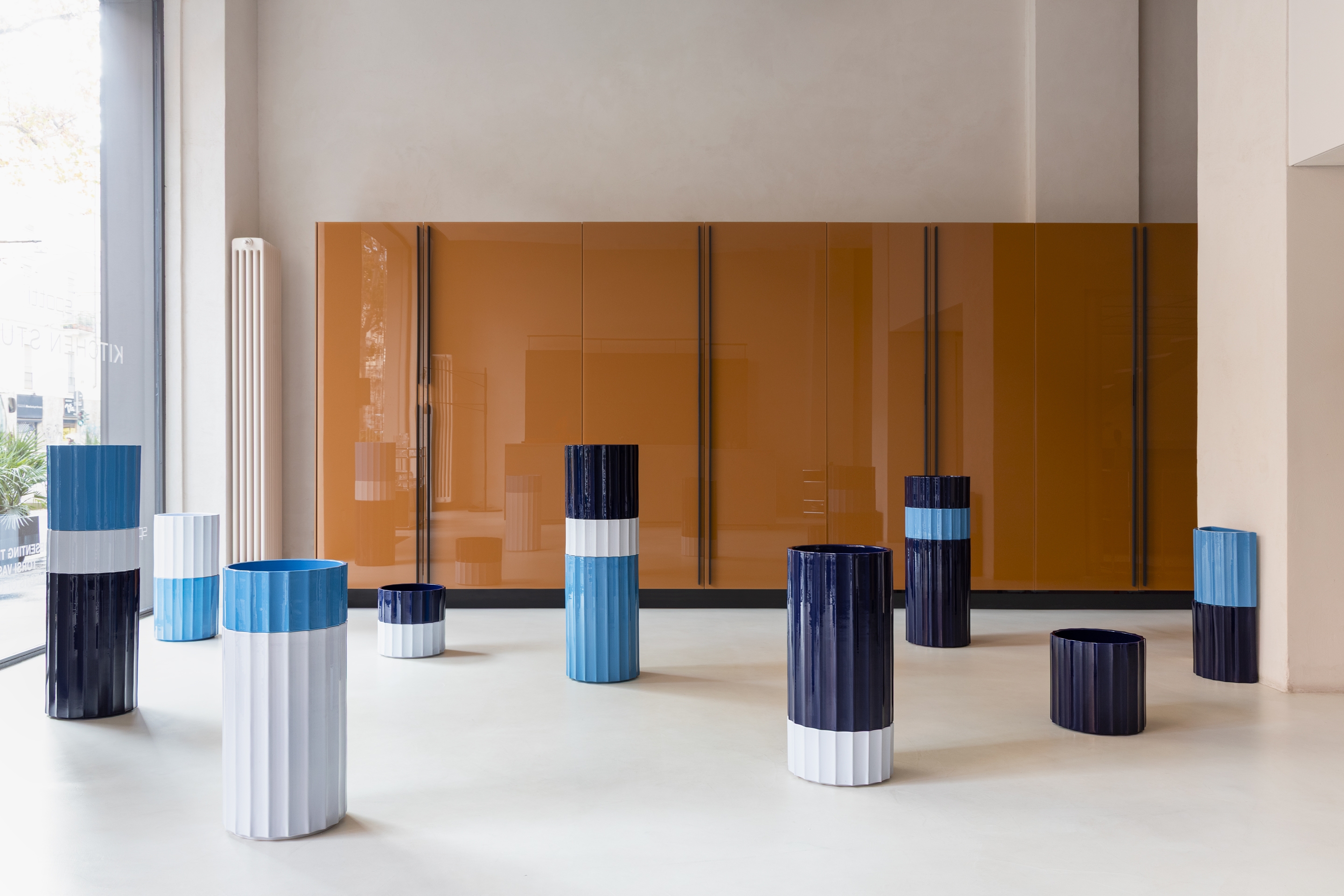
Torsi
Bitossi Ceramiche
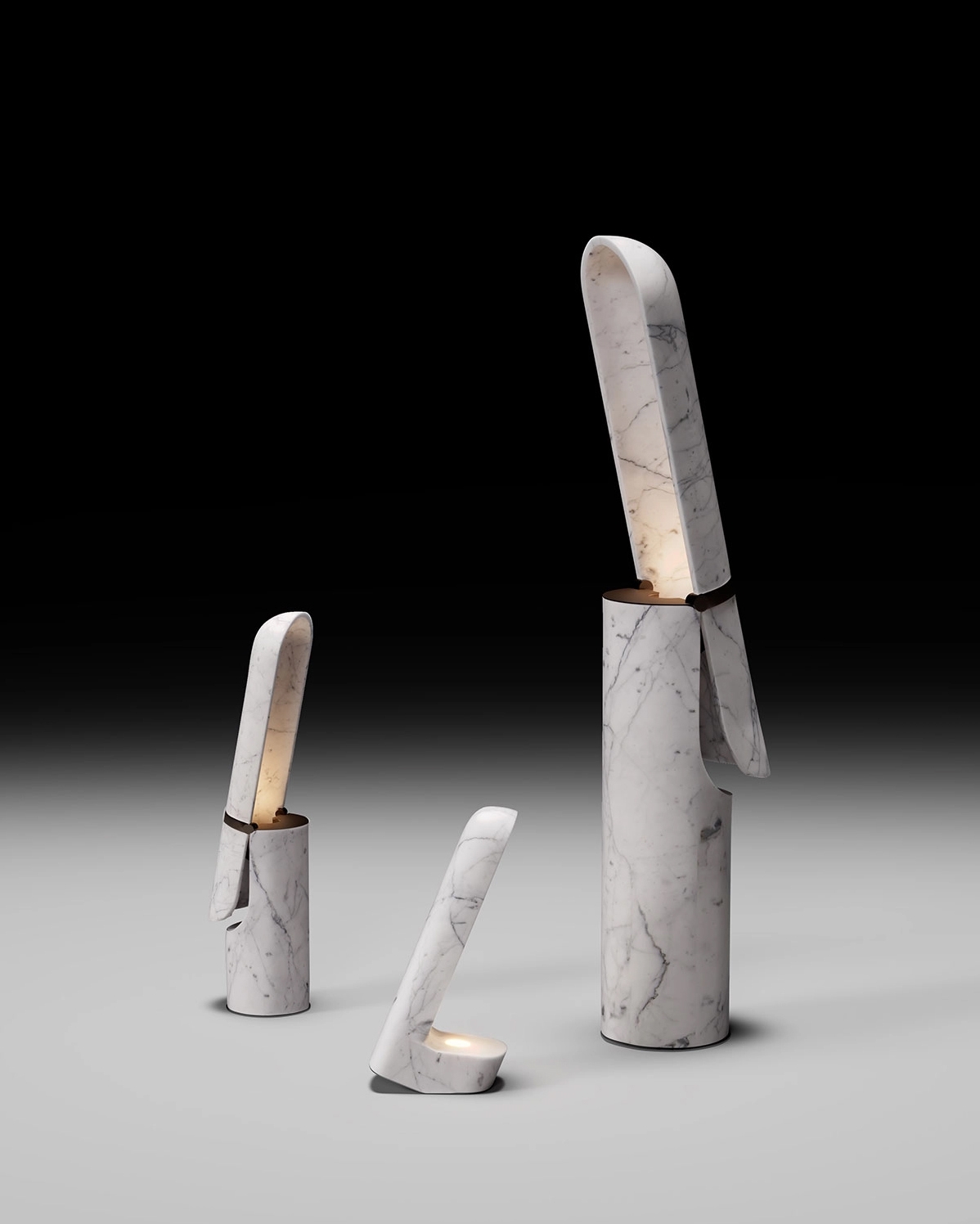
Révérence
Neutra
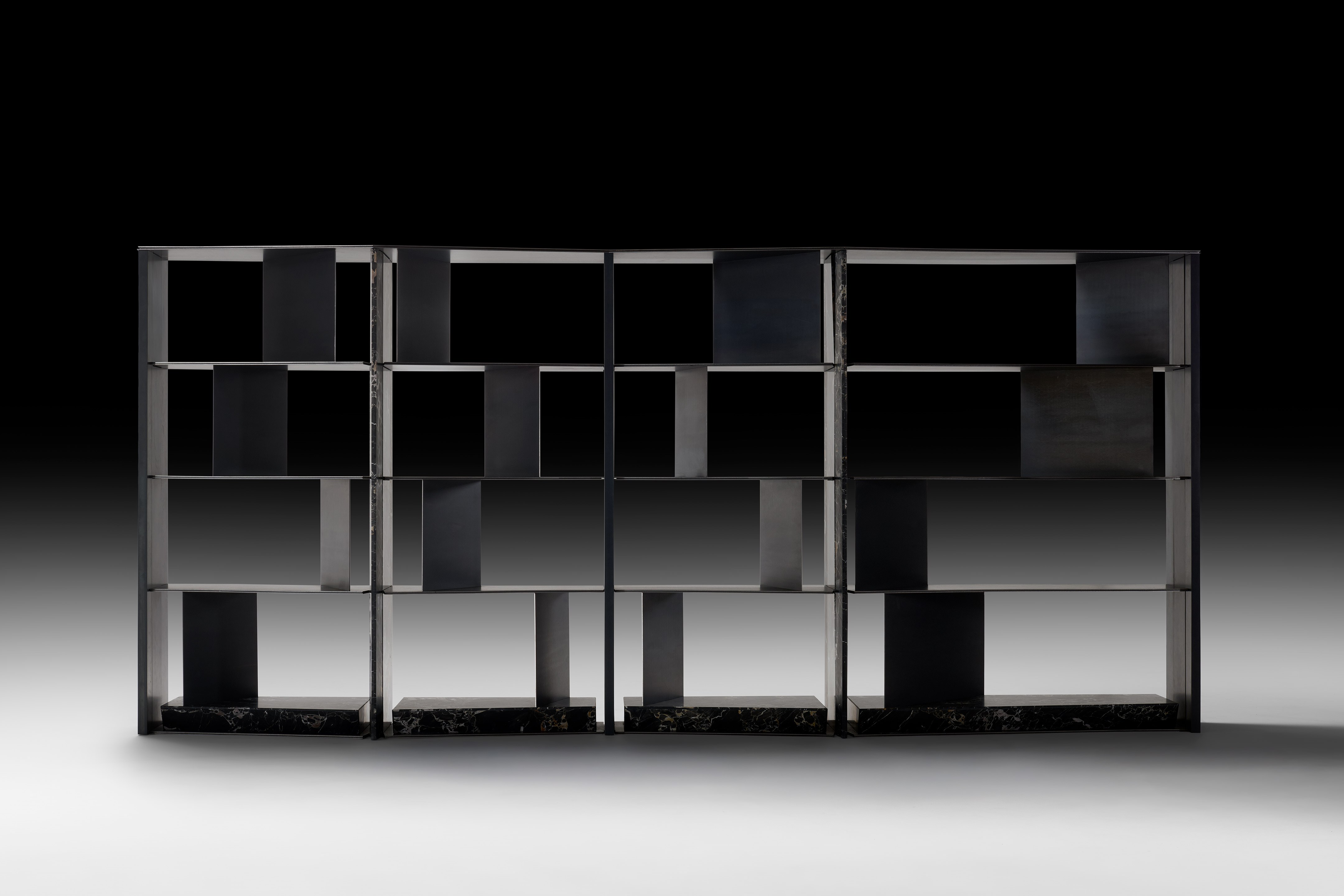
Pagina
Neutra
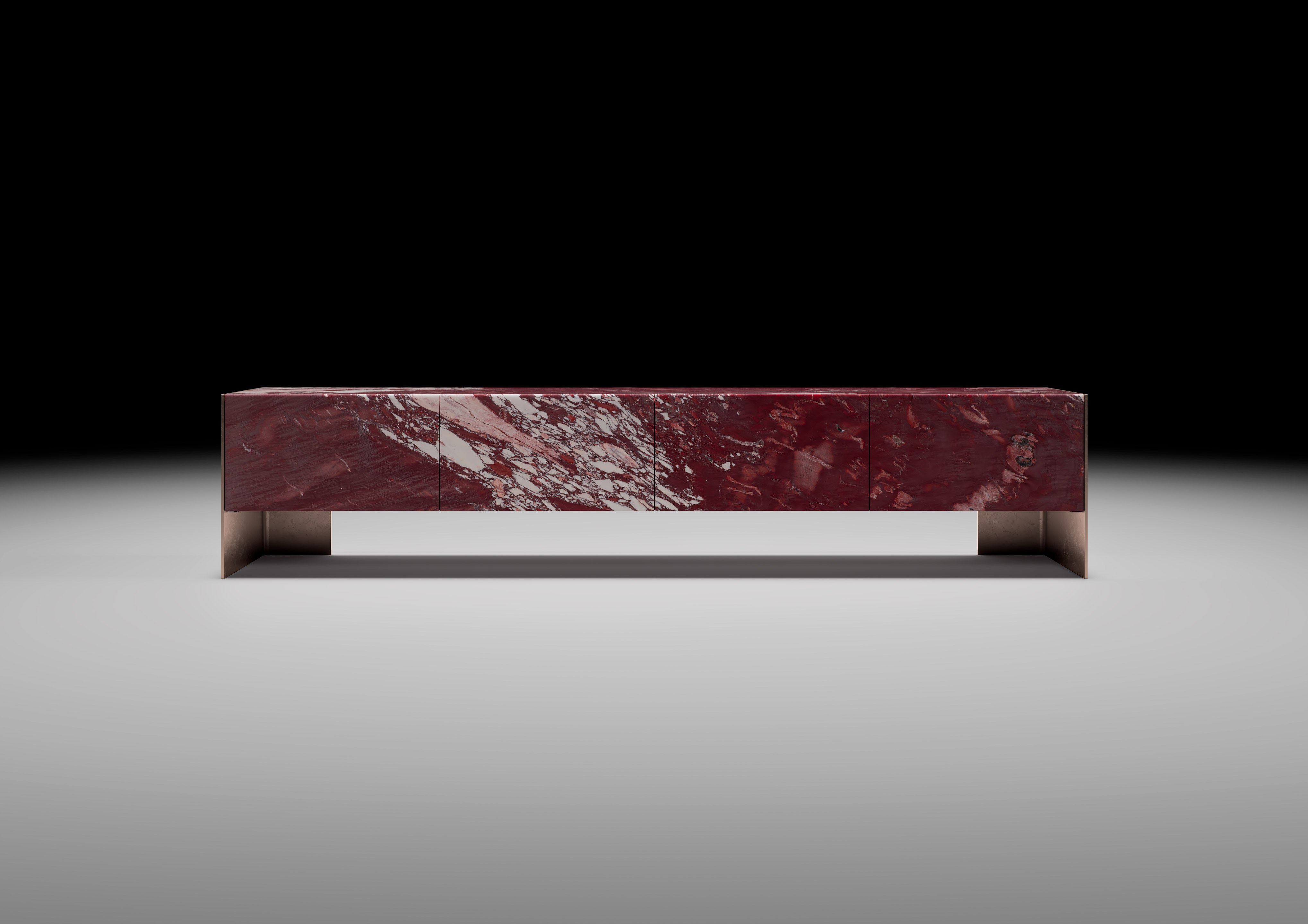
Onis
Neutra
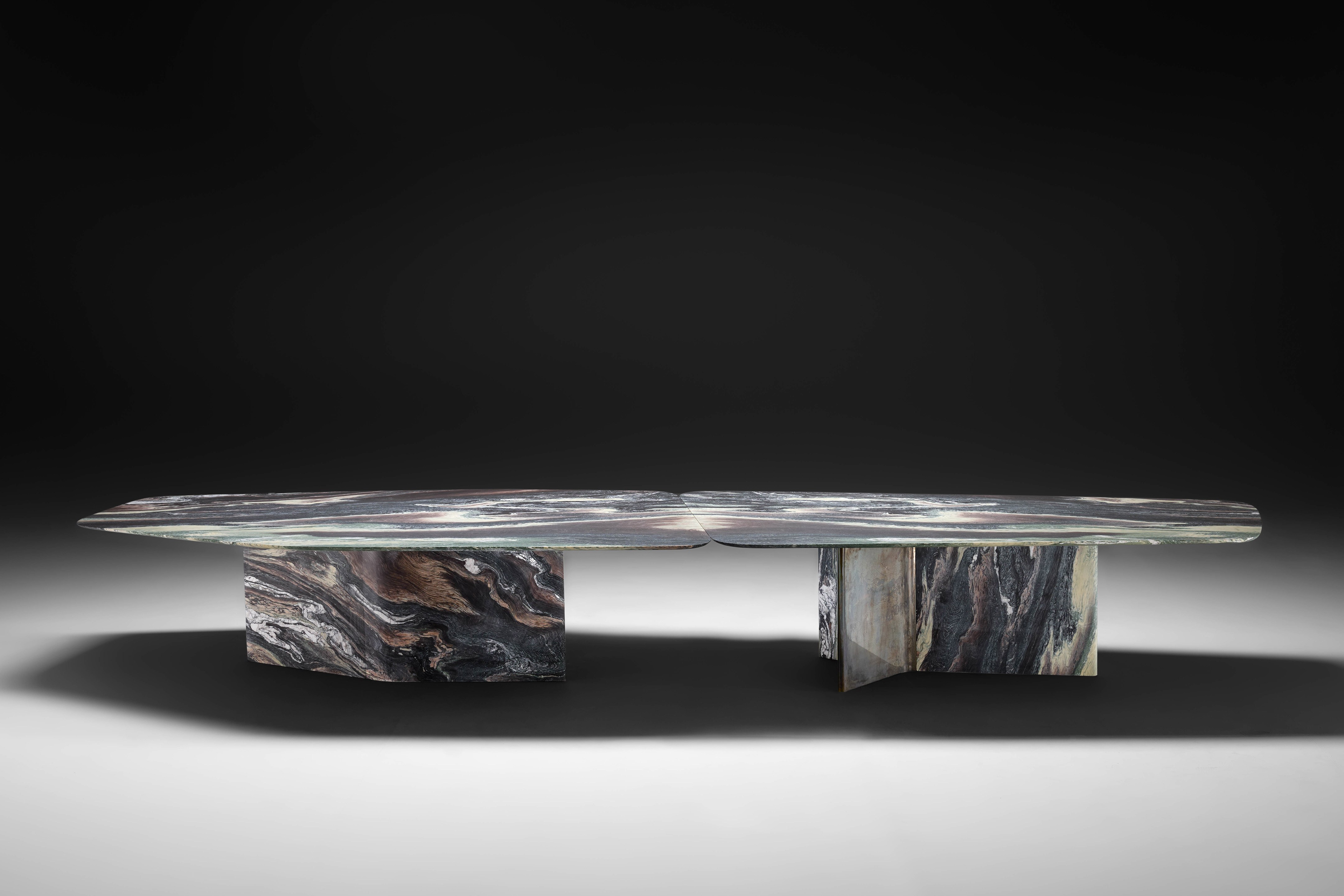
Islas
Neutra
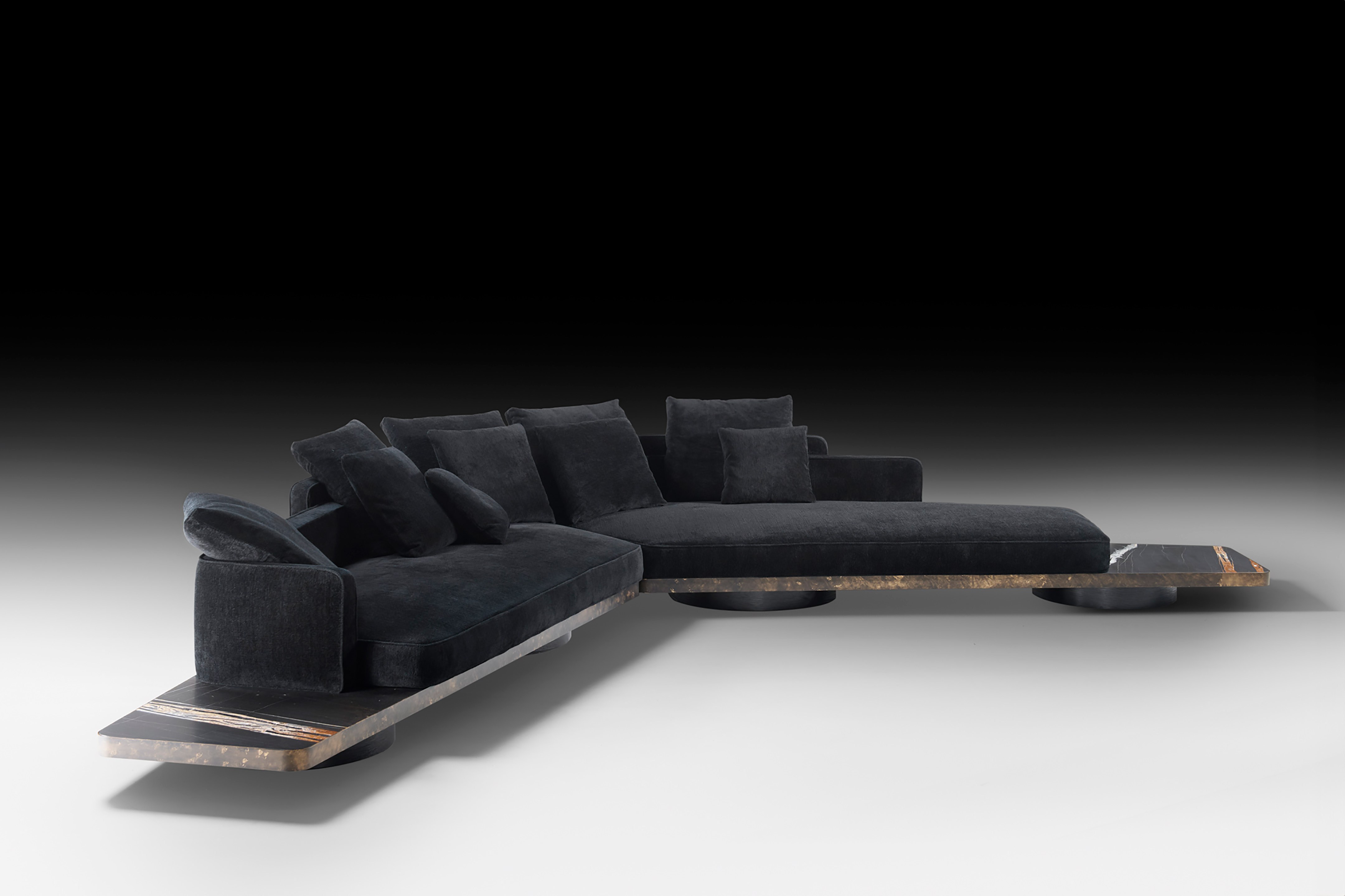
Ordos
Neutra
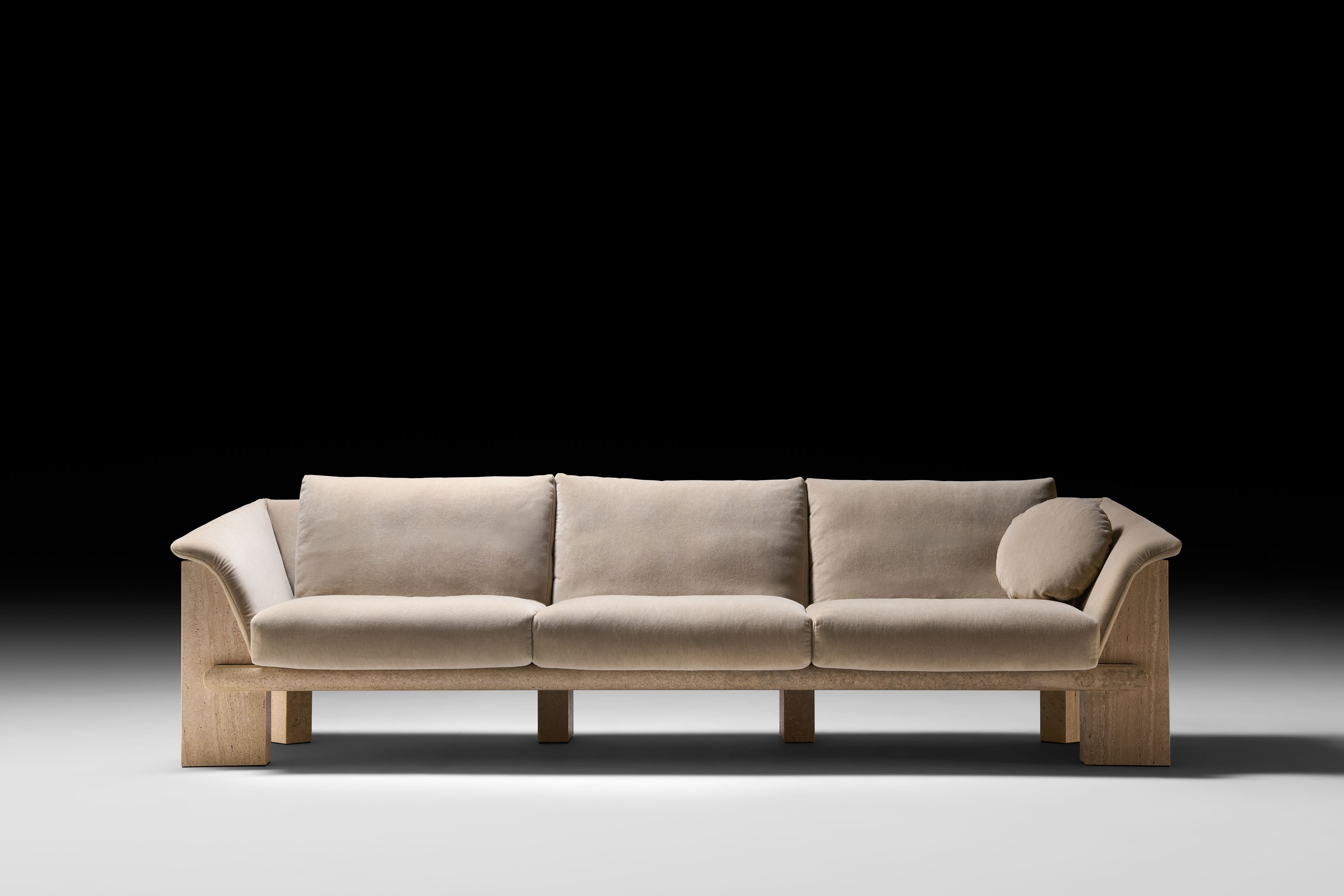
La Grande Muraglia
Neutra
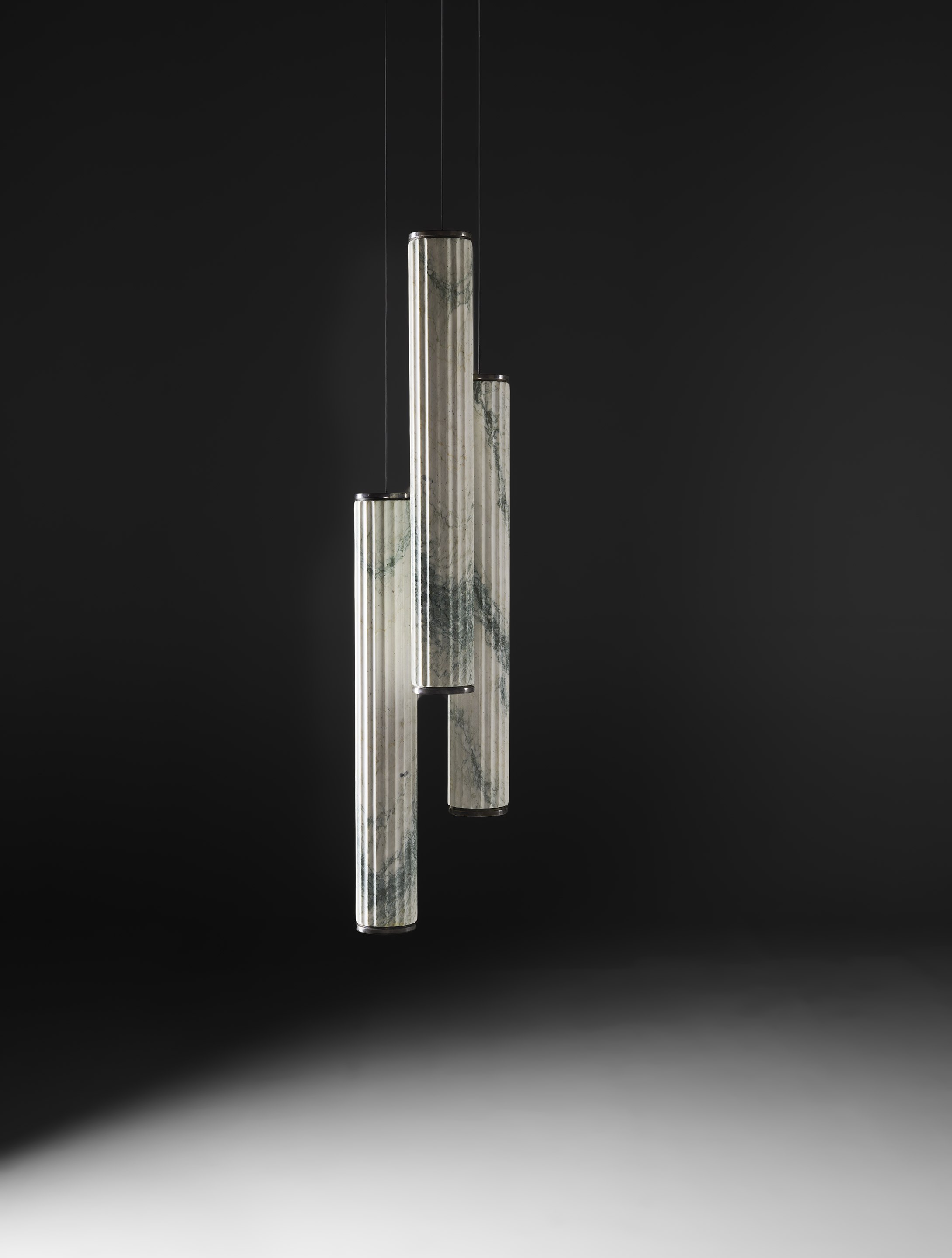
Eos
Neutra
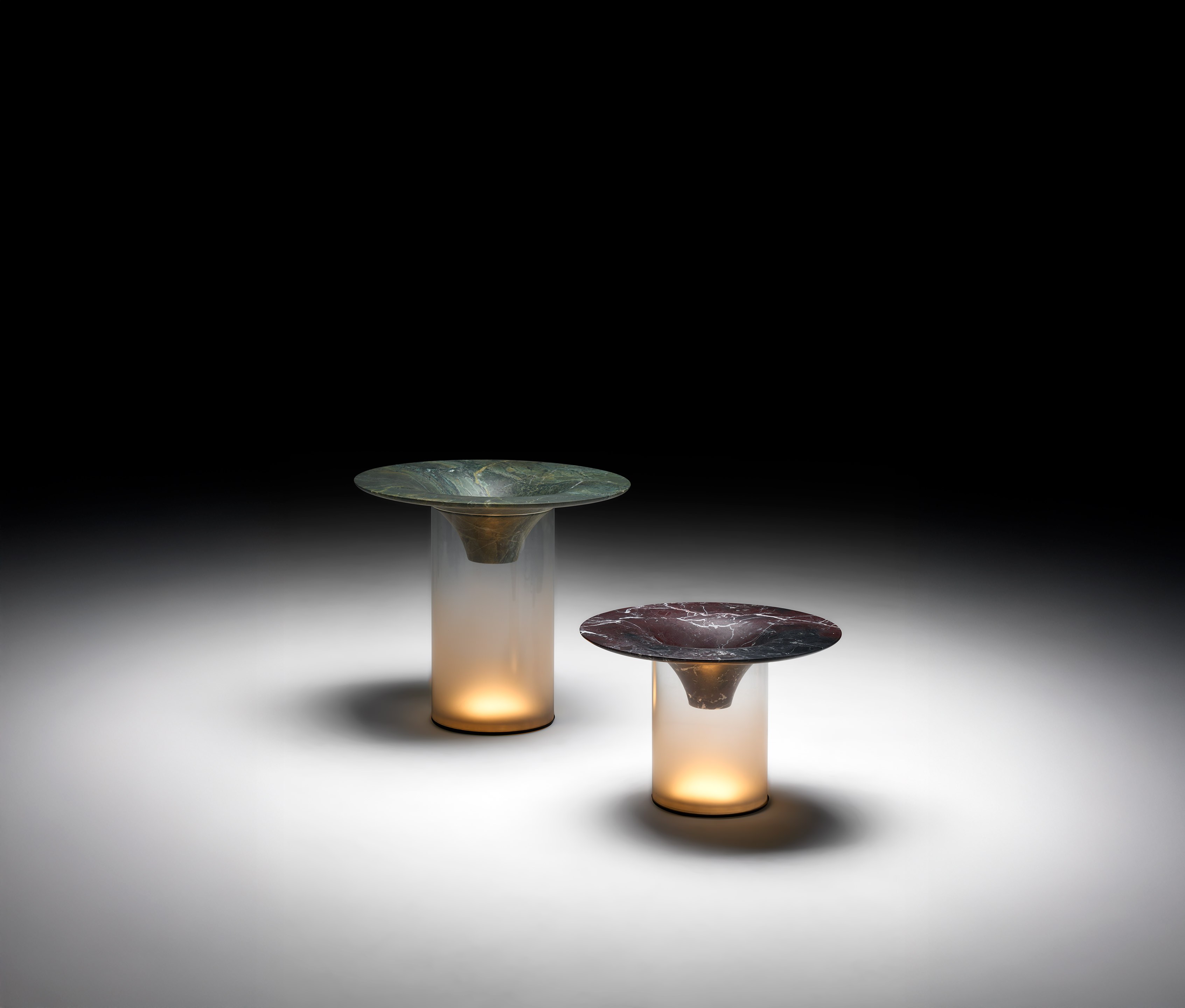
Strobilo
Neutra
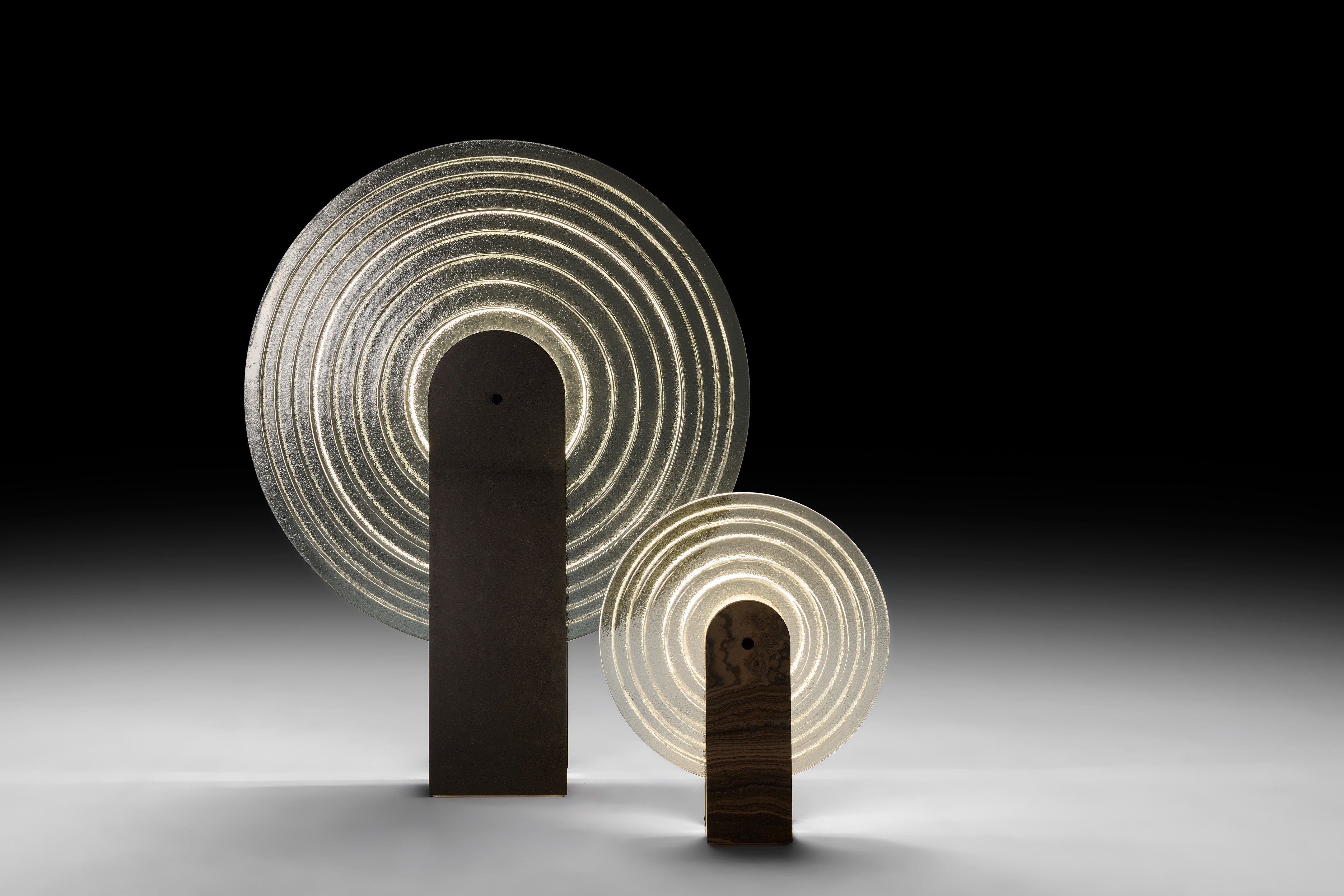
Lente
Neutra
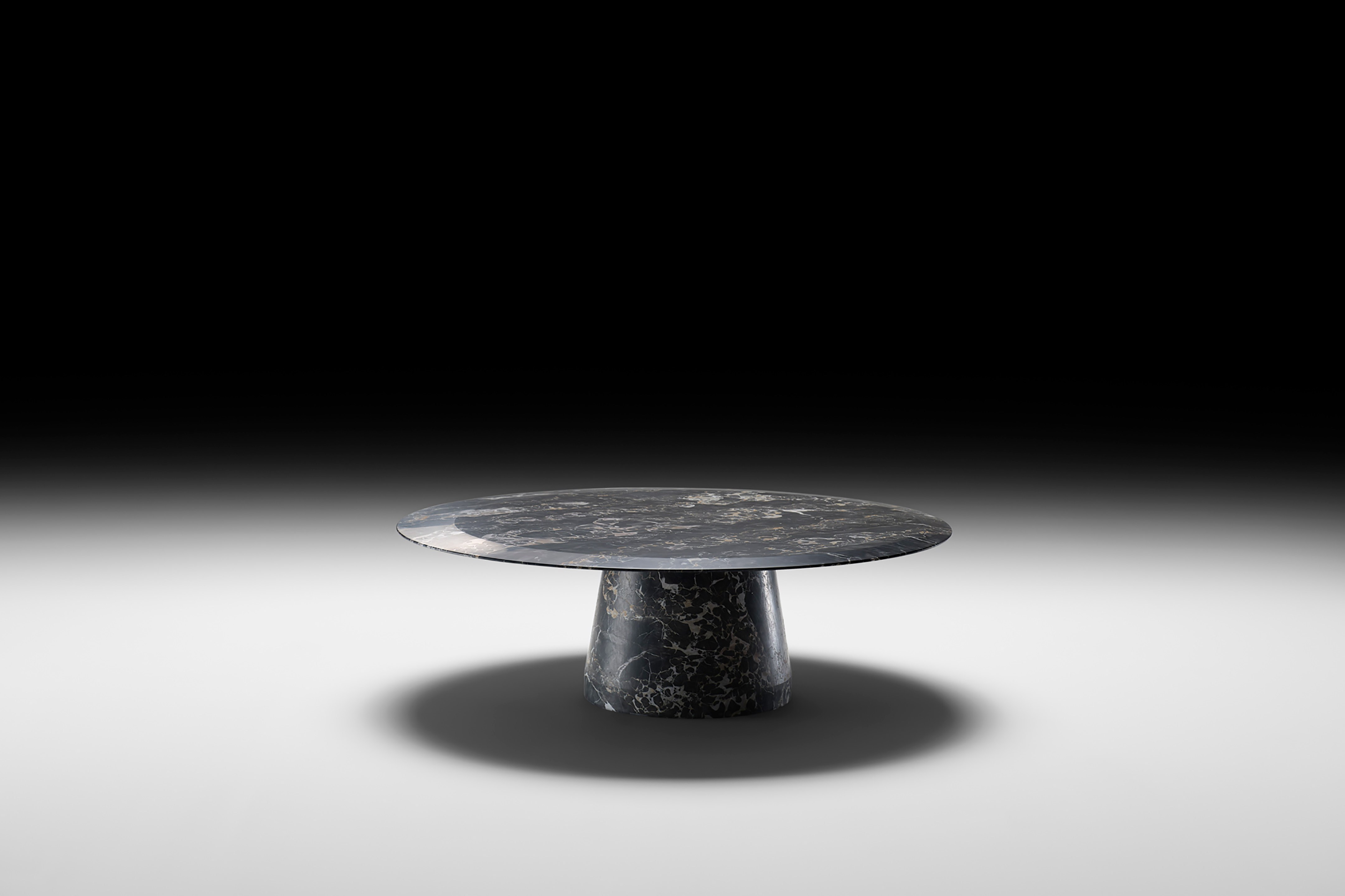
Coronae
Neutra
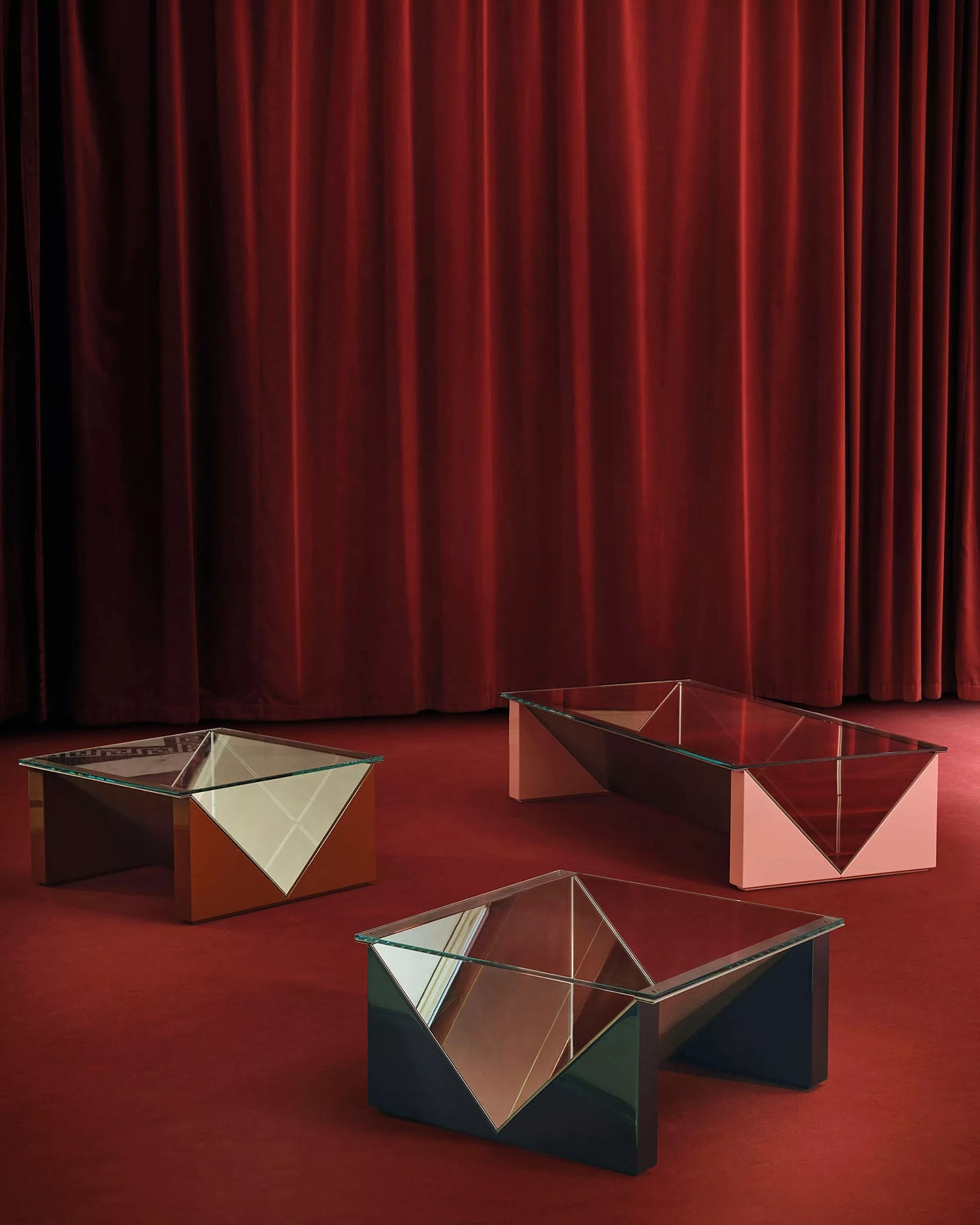
Napoleone
Acerbis
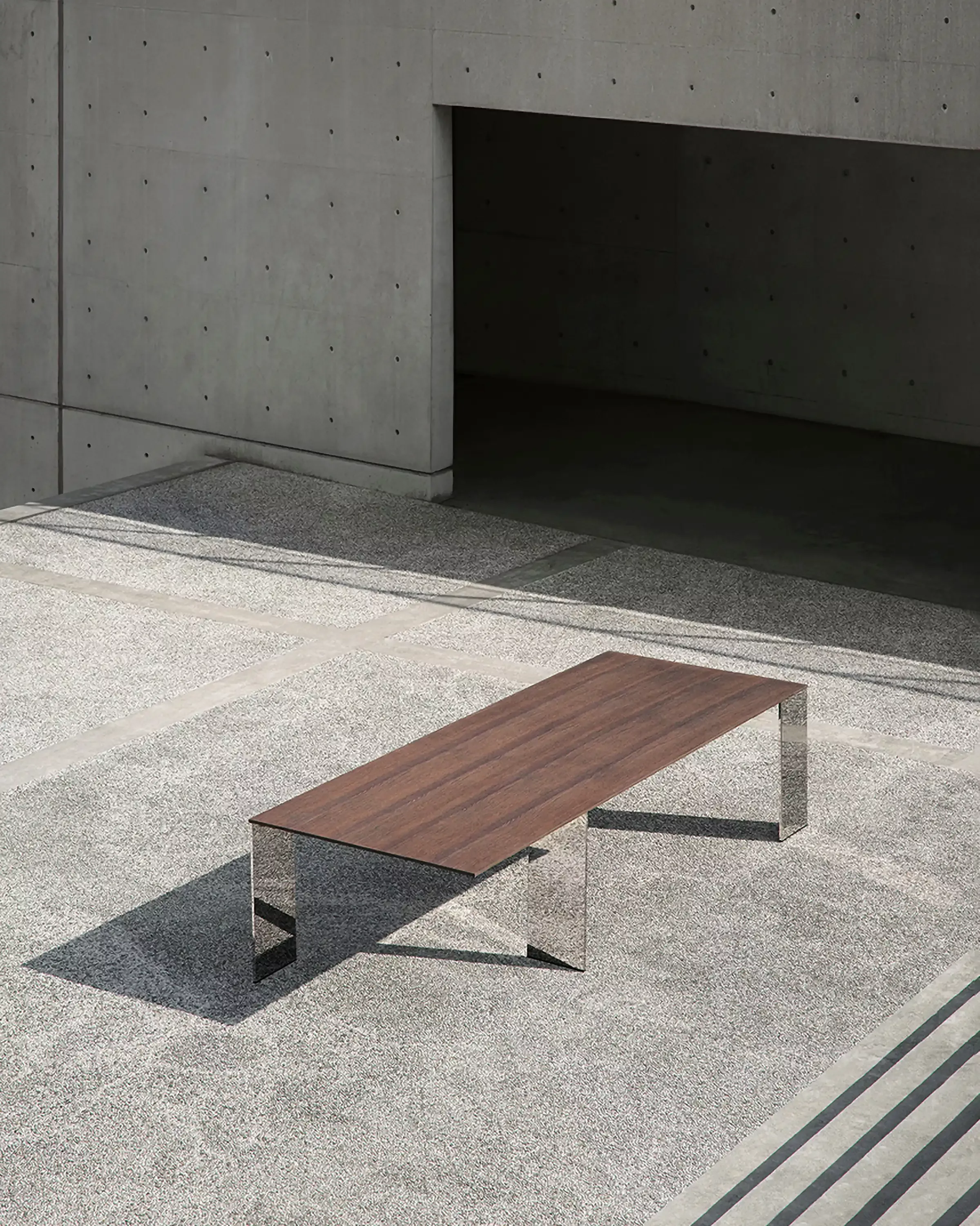
Axis
Acerbis
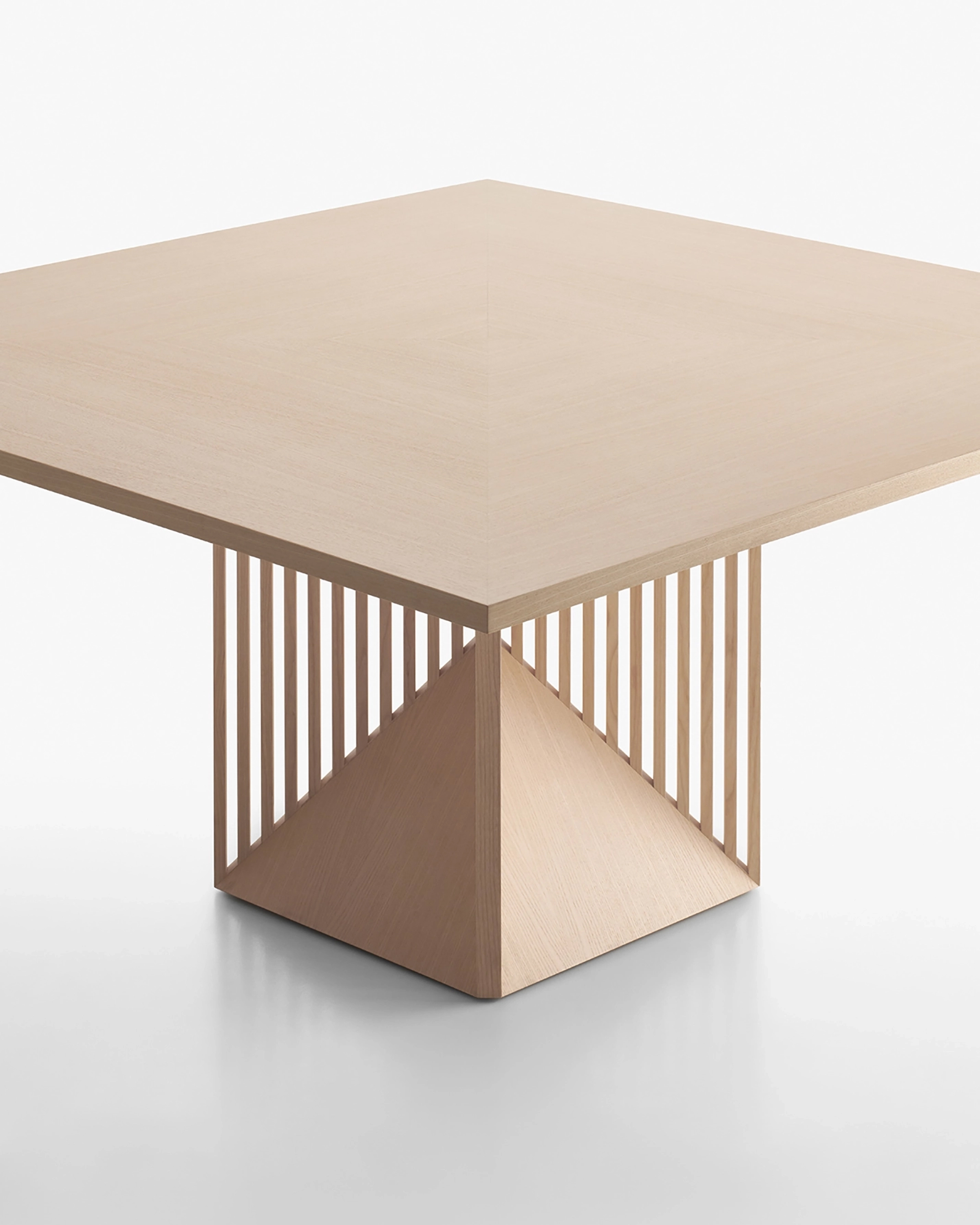
Maestro
Acerbis
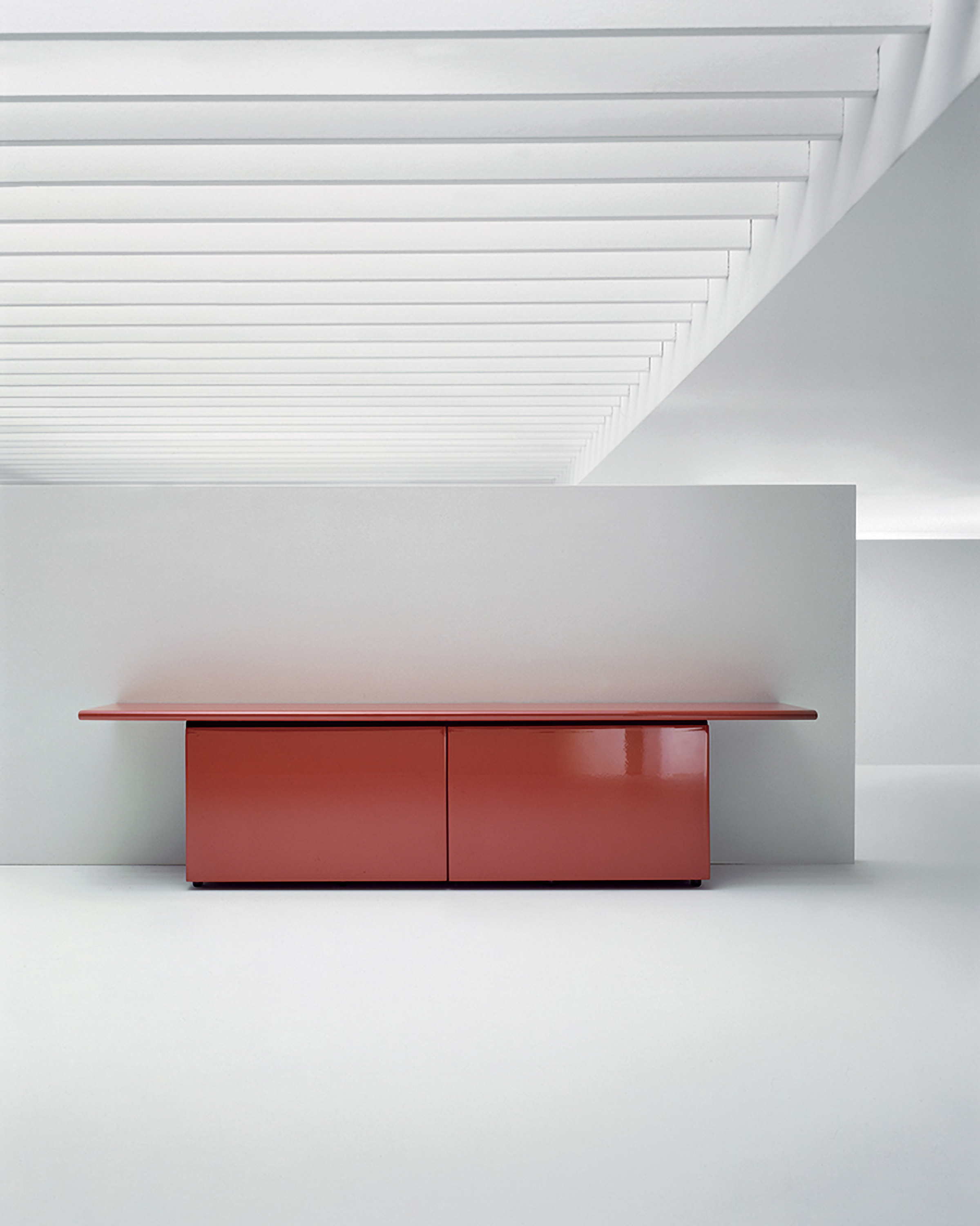
Sheraton
Acerbis
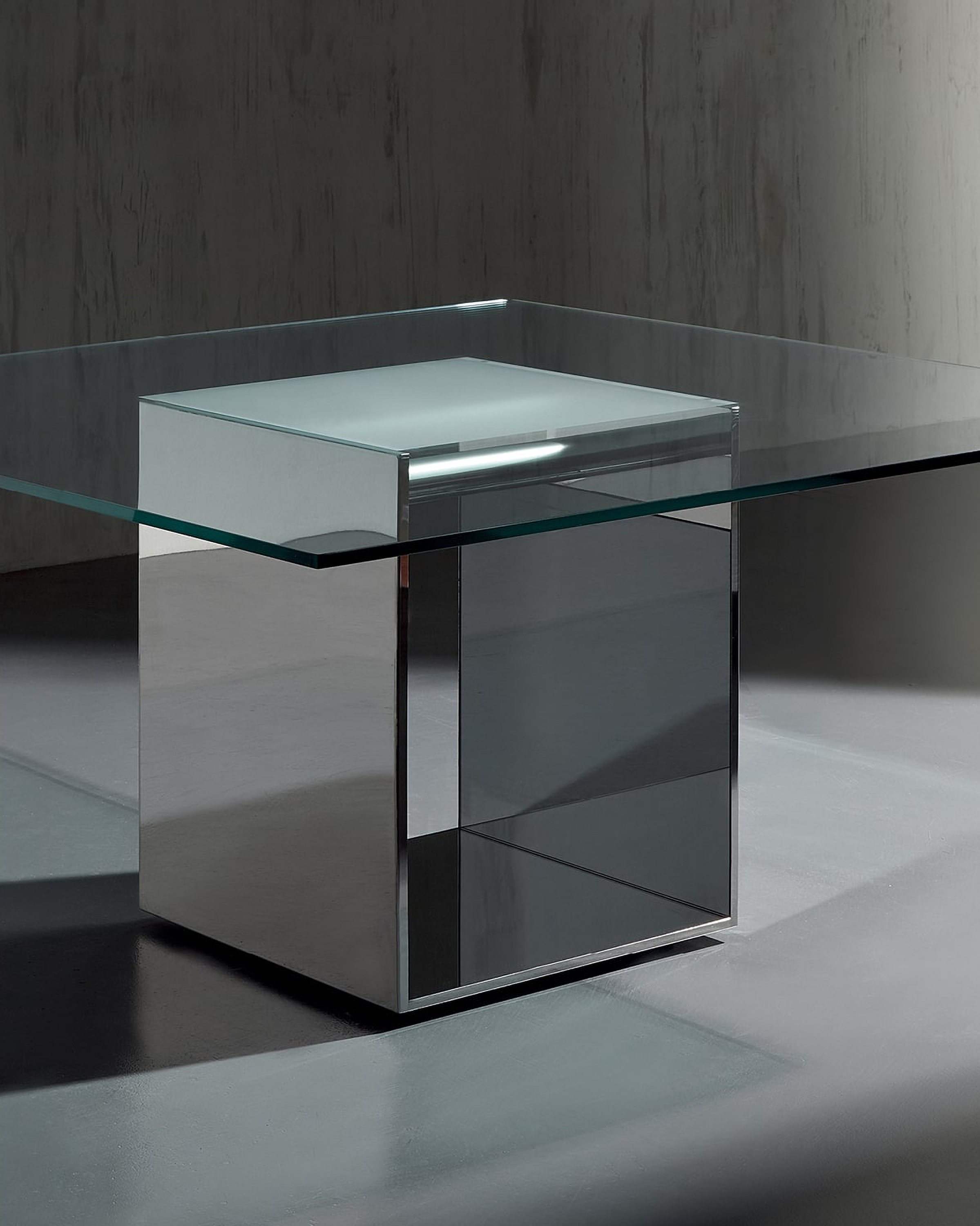
Glimm
Acerbis
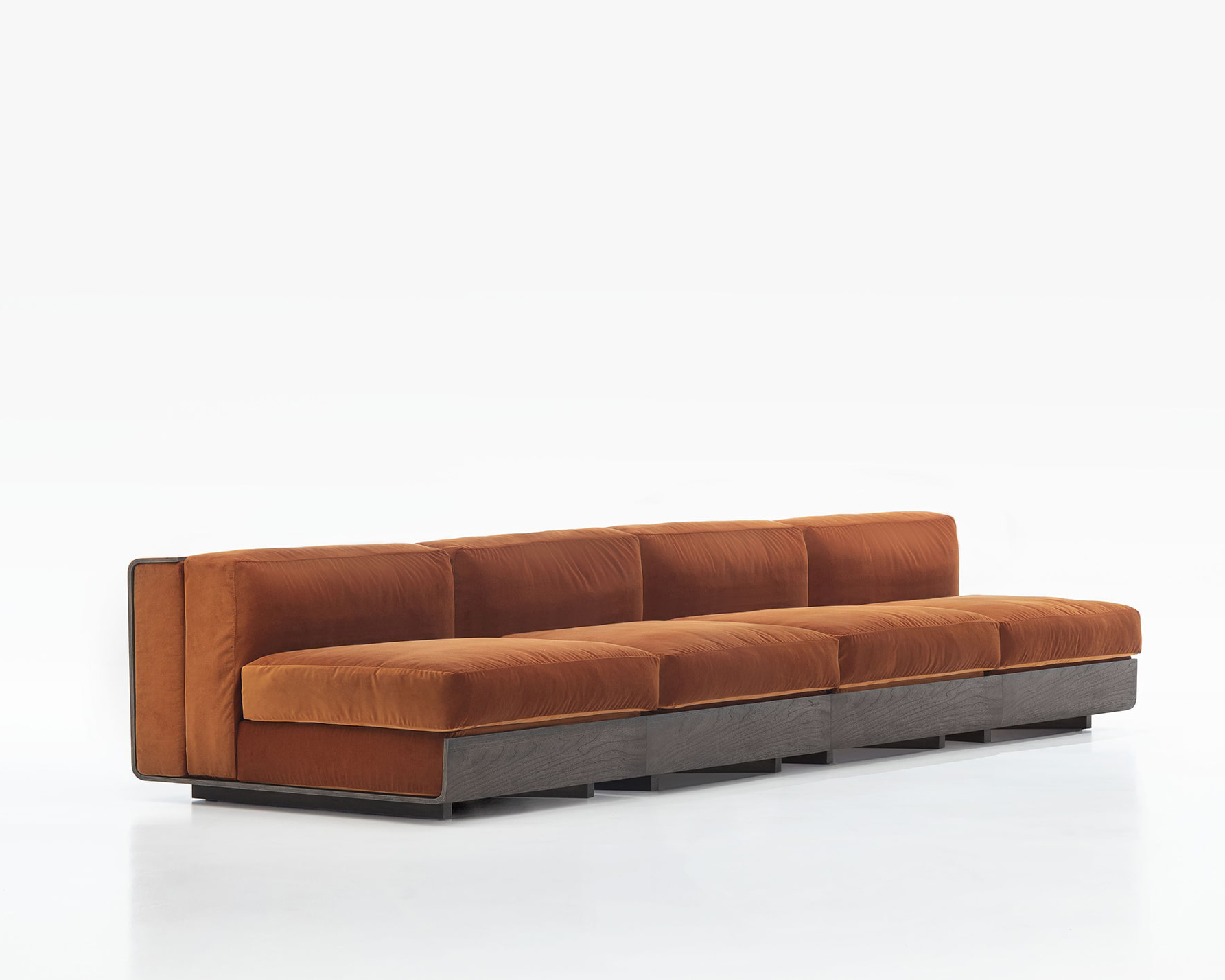
Life
Acerbis
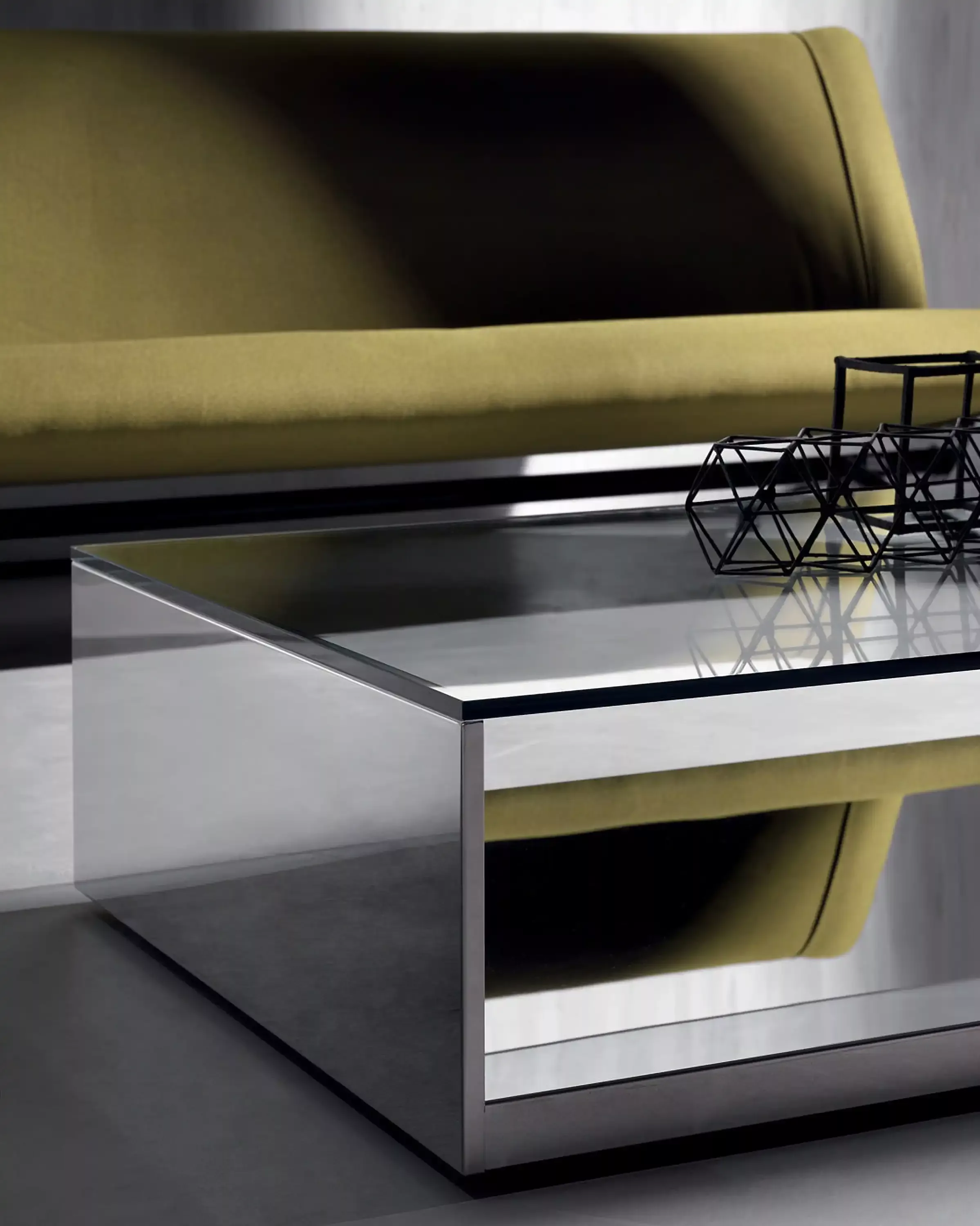
Litt
Acerbis
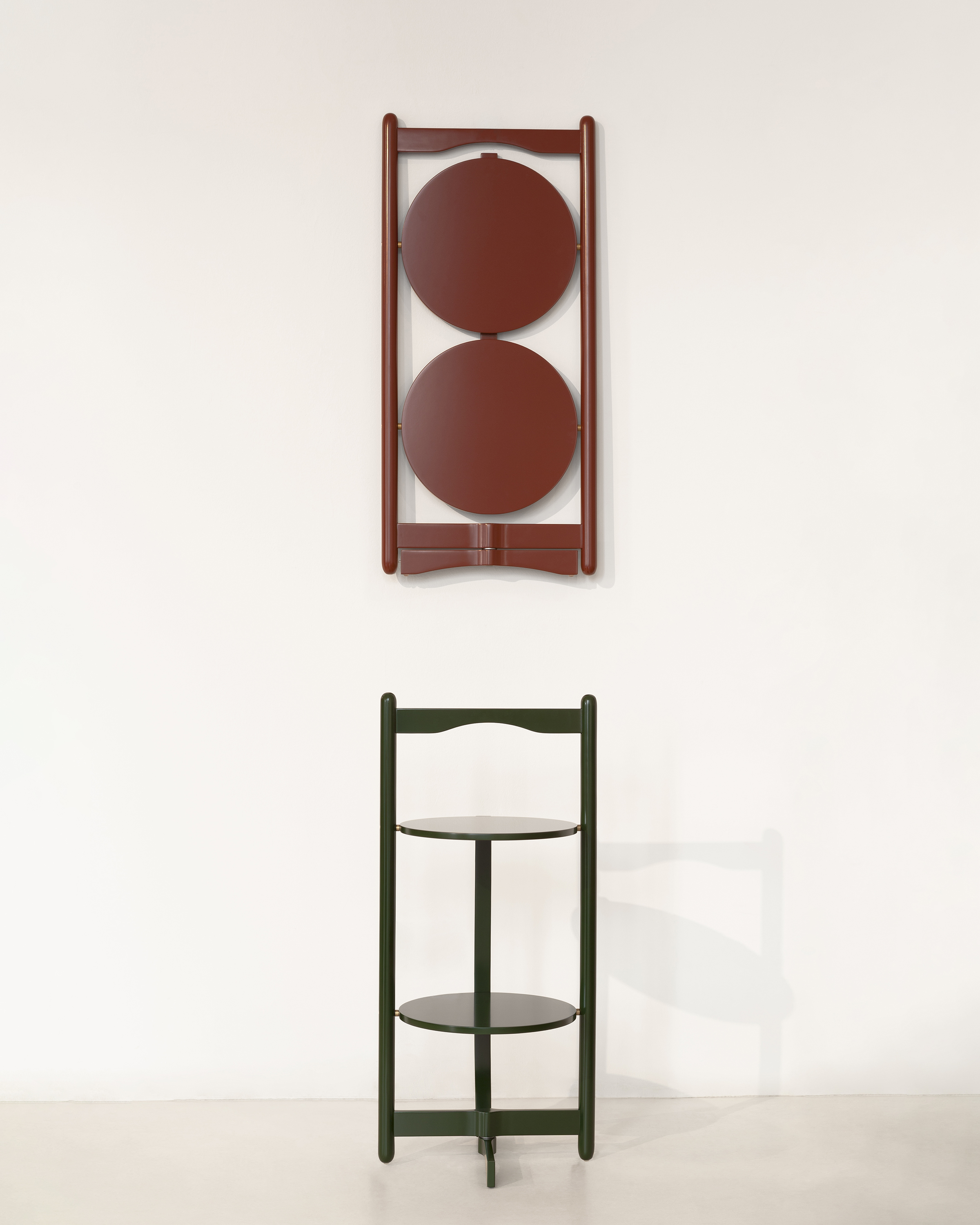
Florian
Acerbis
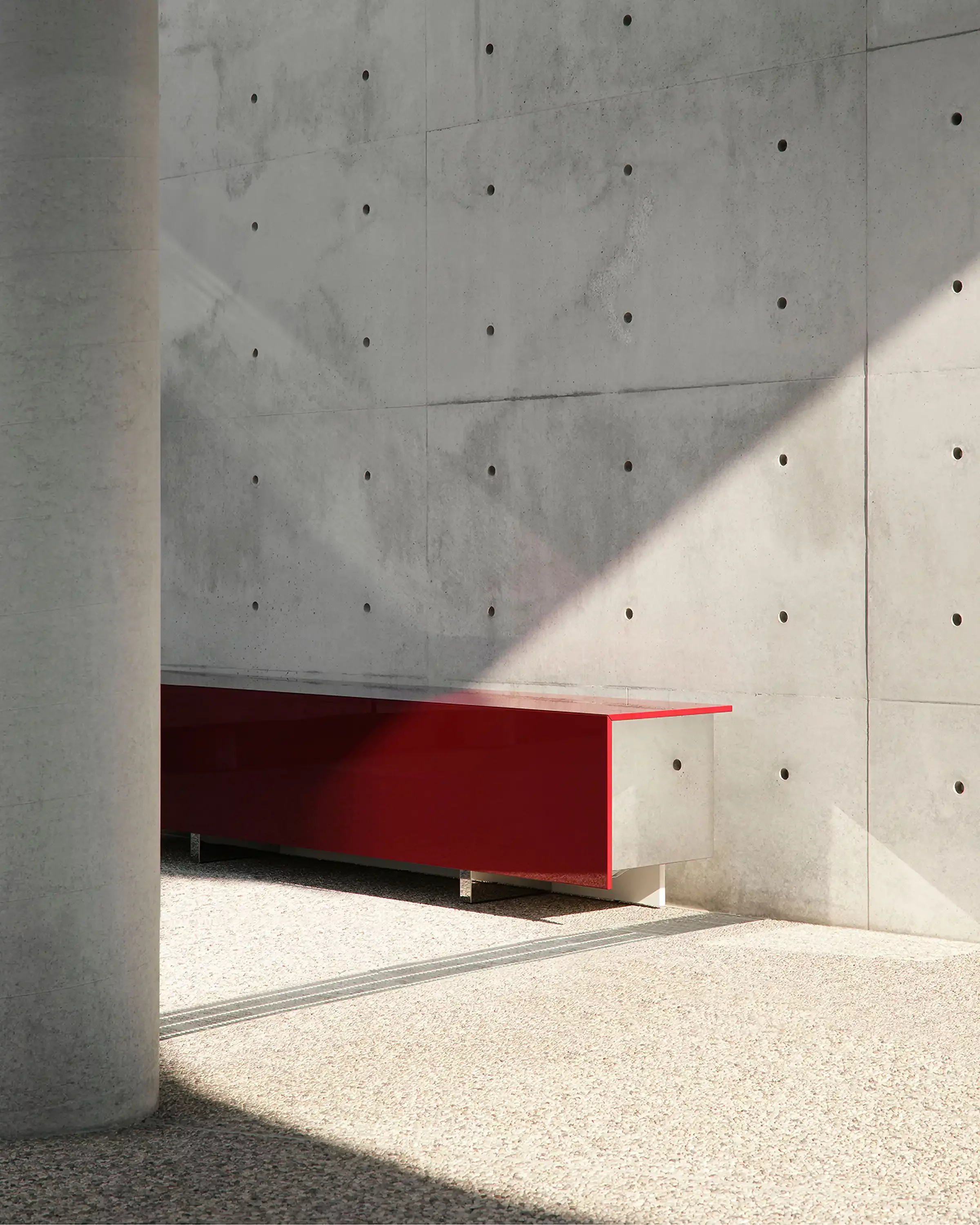
Ludwig
Acerbis
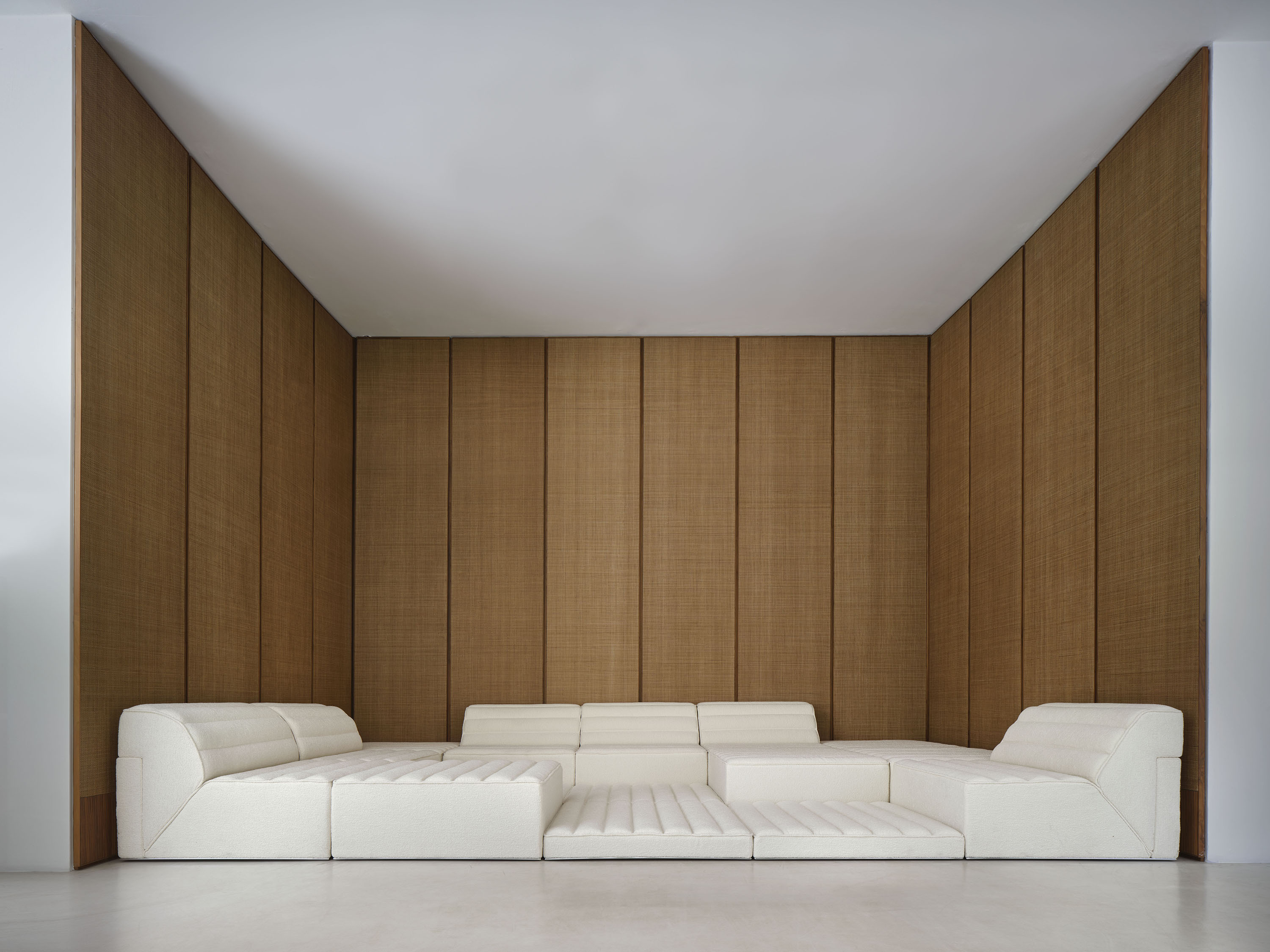
Free System
Acerbis
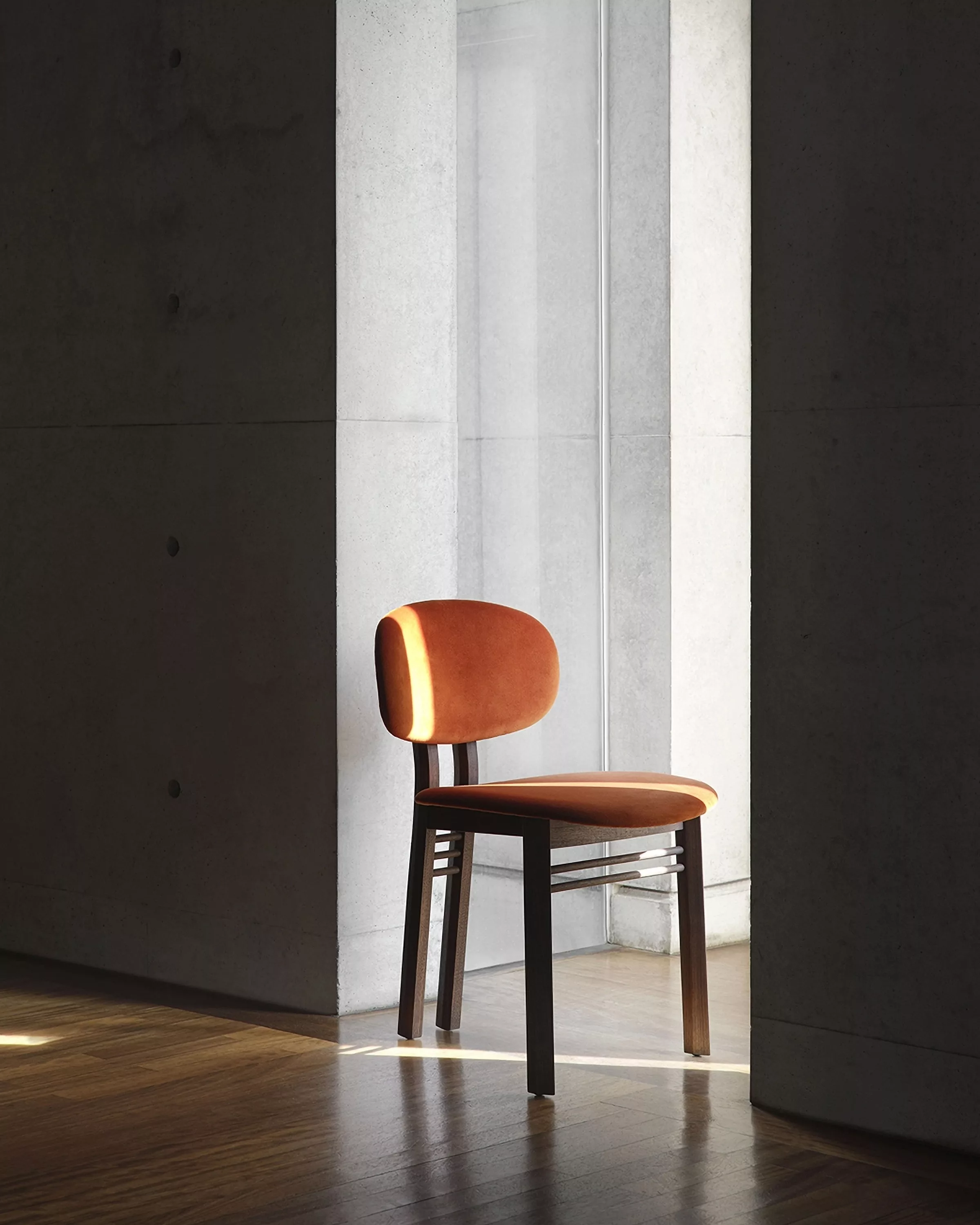
Med
Acerbis
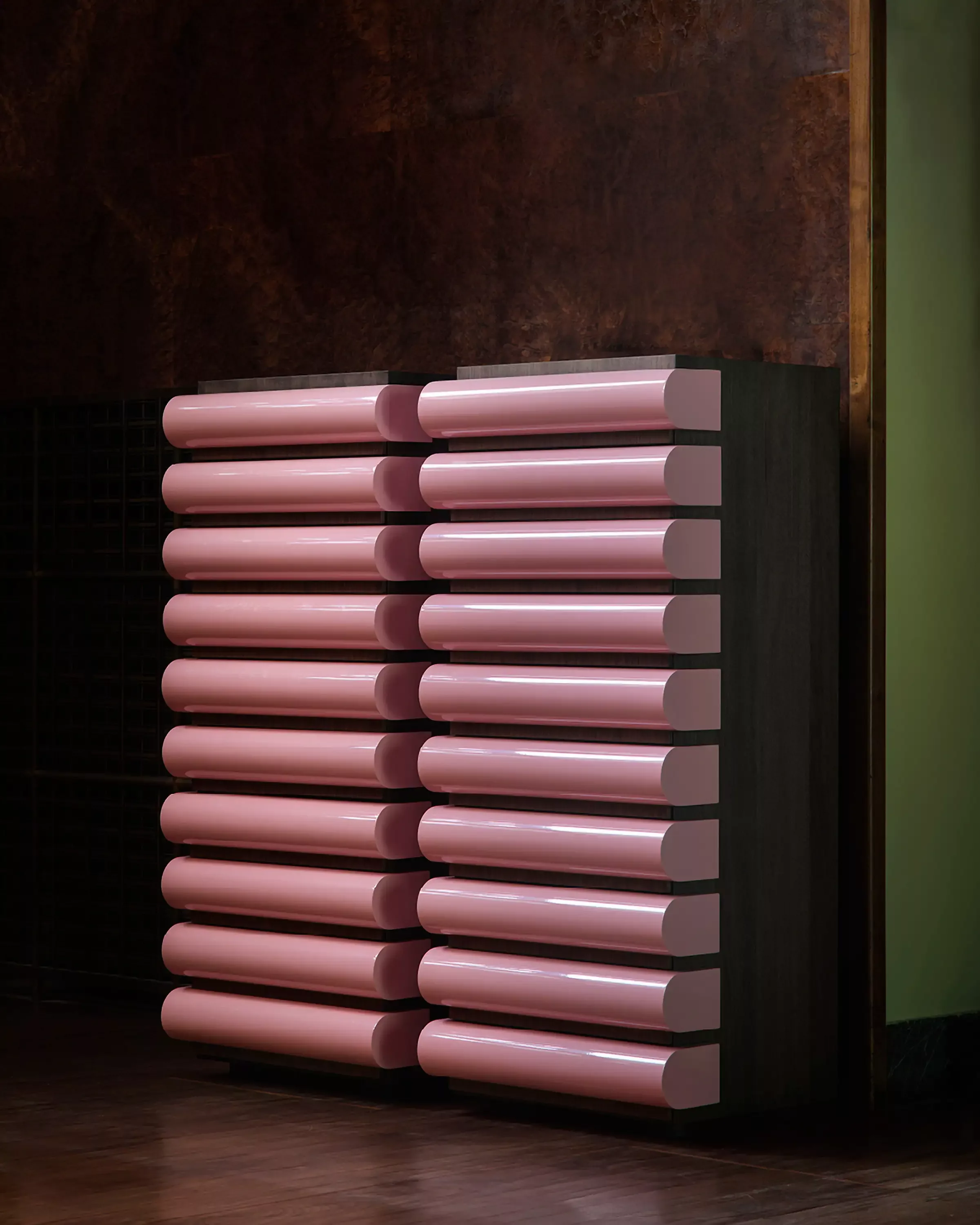
Storet
Acerbis
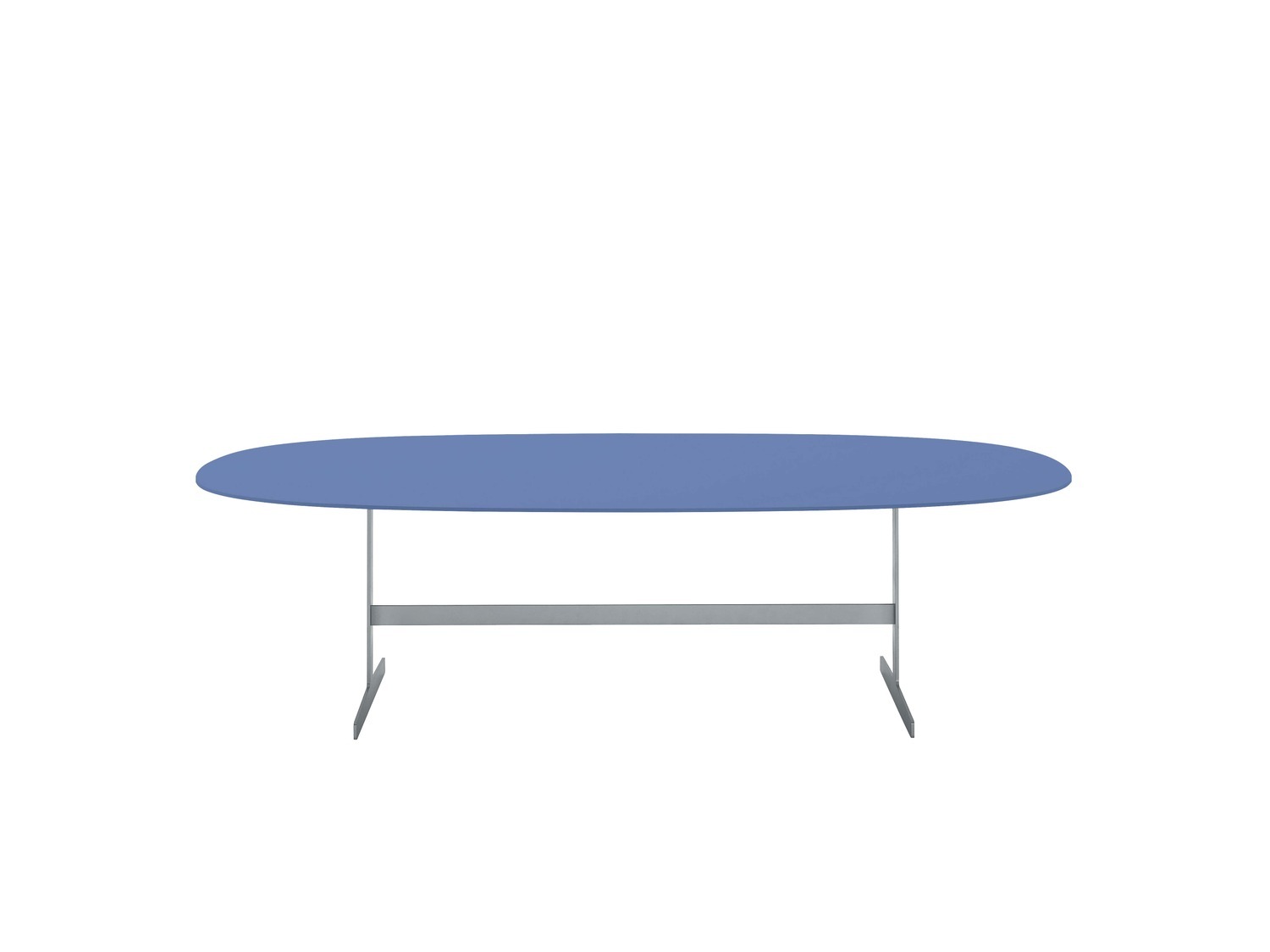
Simplon
Cappellini
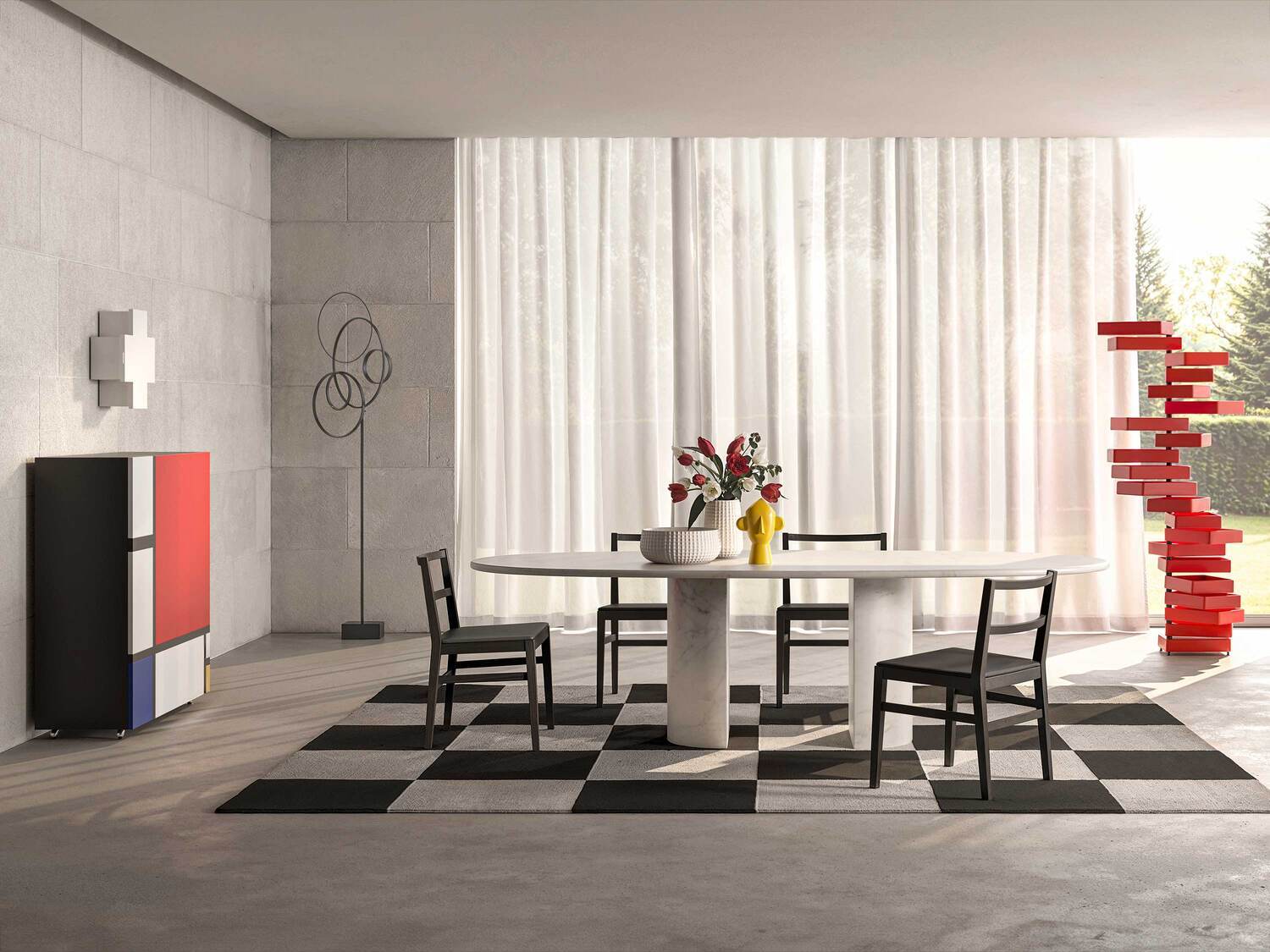
Dolmen
Cappellini
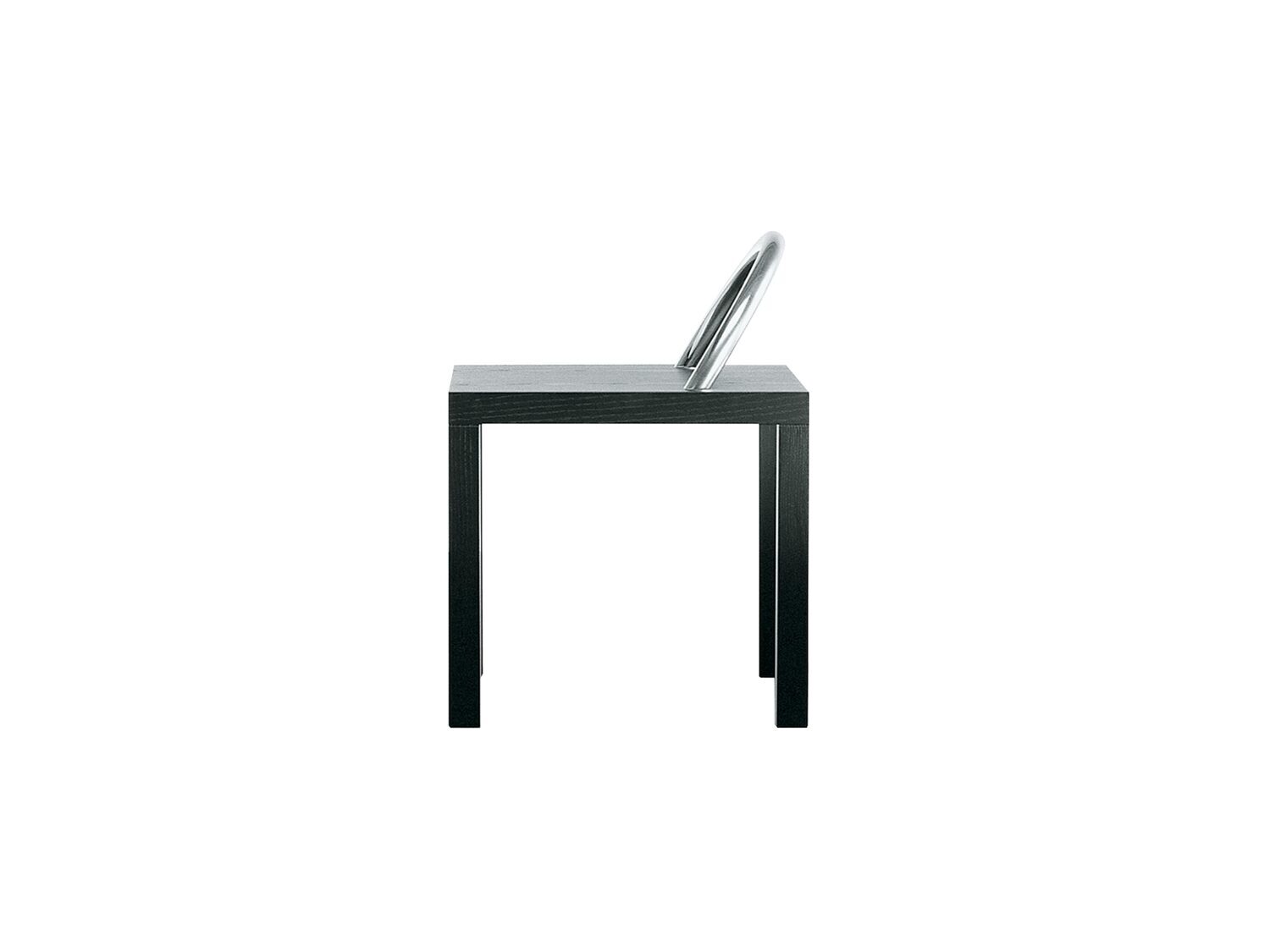
KO-KO
Cappellini
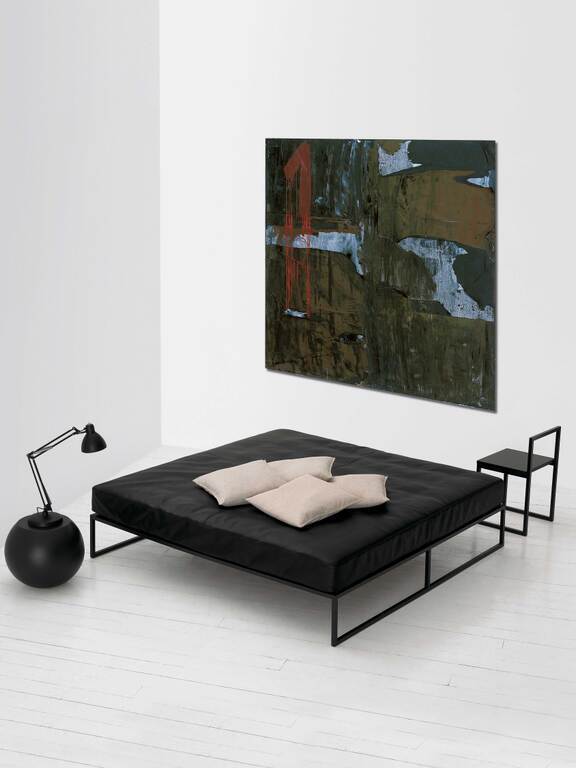
Fronzoni '64
Cappellini

Bac
Cappellini

Classica
Cappellini

Hiroi
Cappellini

Low Pad
Cappellini
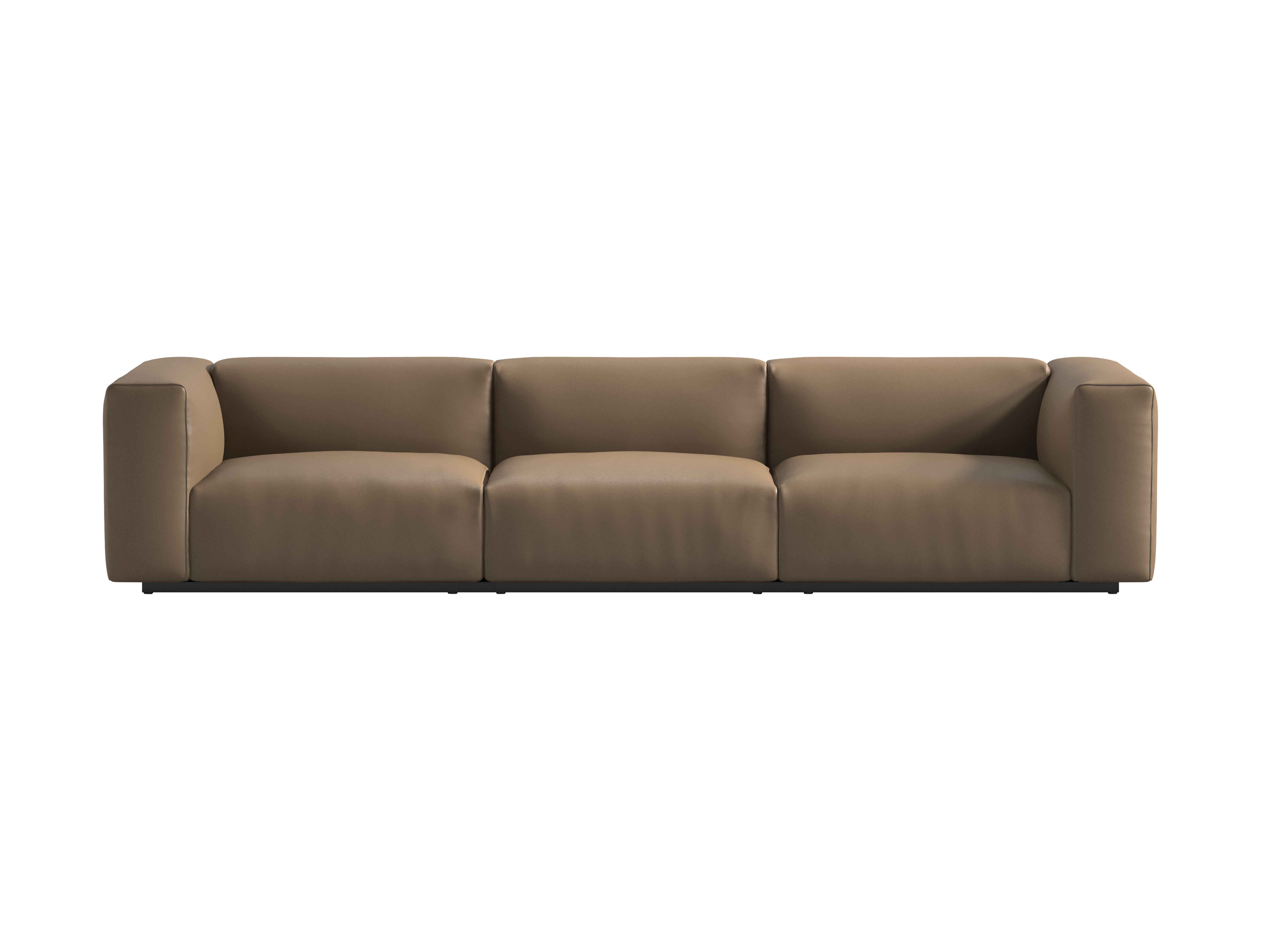
Oblong Plus
Cappellini
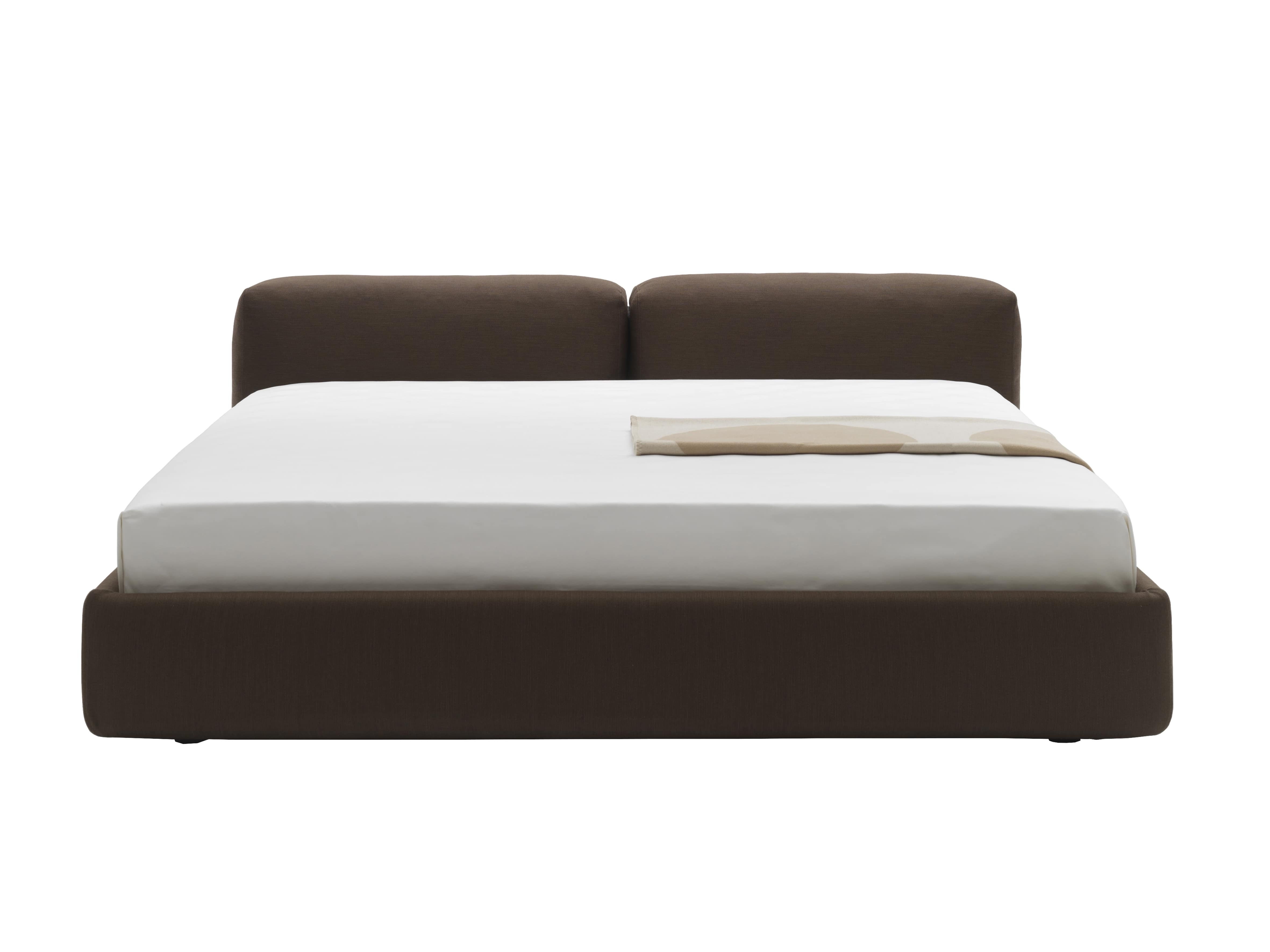
Superoblong Bed
Cappellini

Gambetta
Cappellini

Bookshelf
Cappellini

